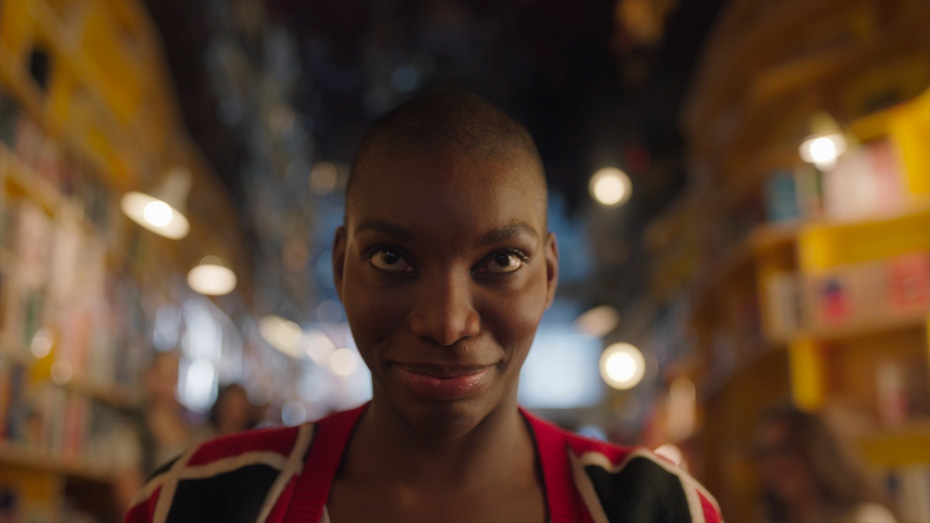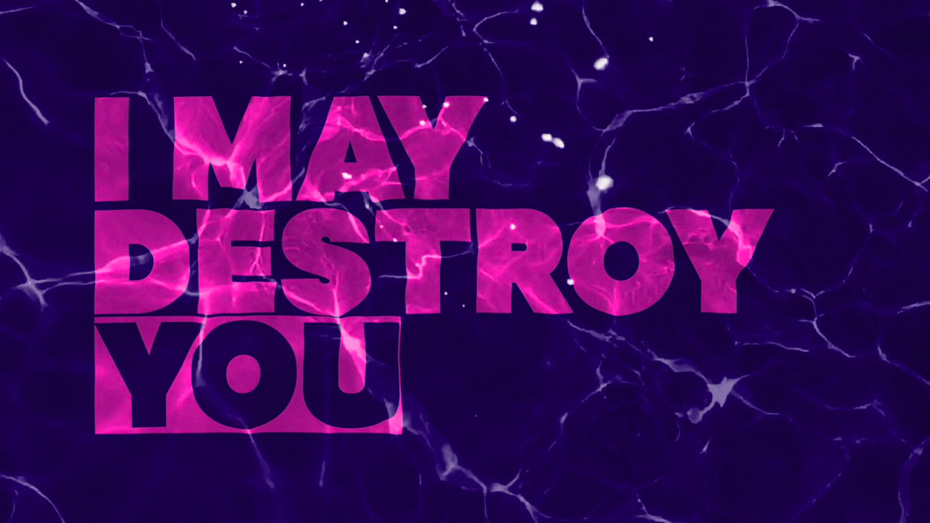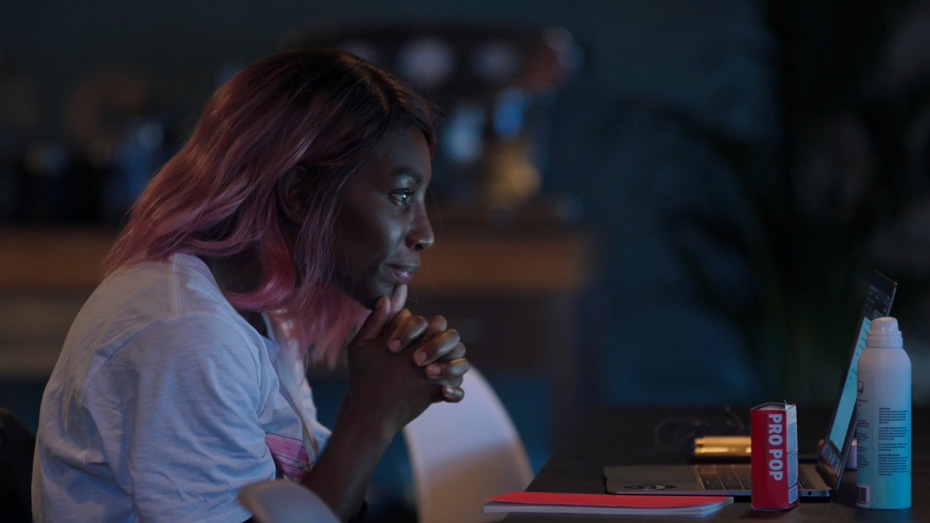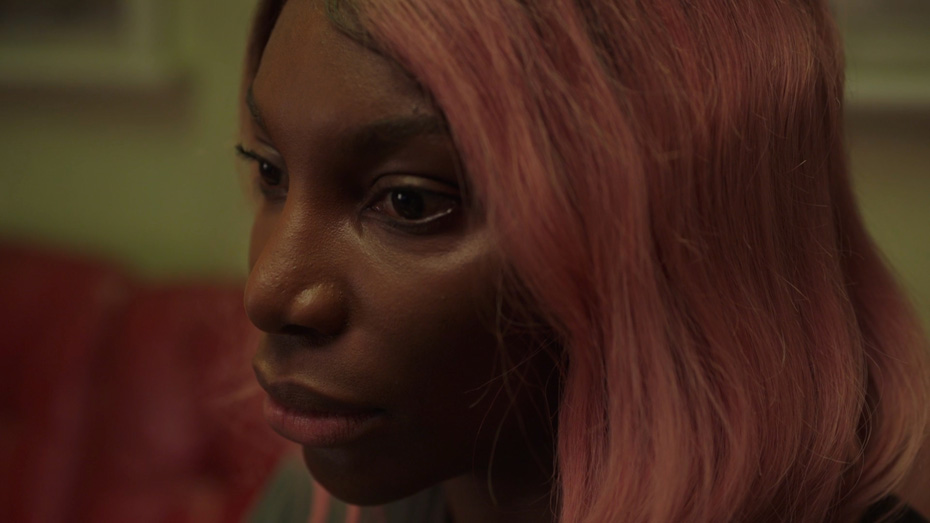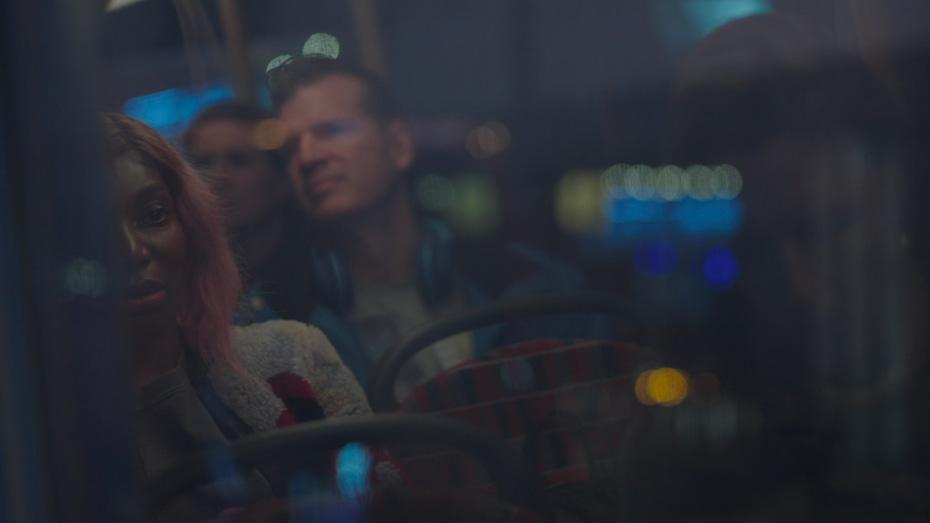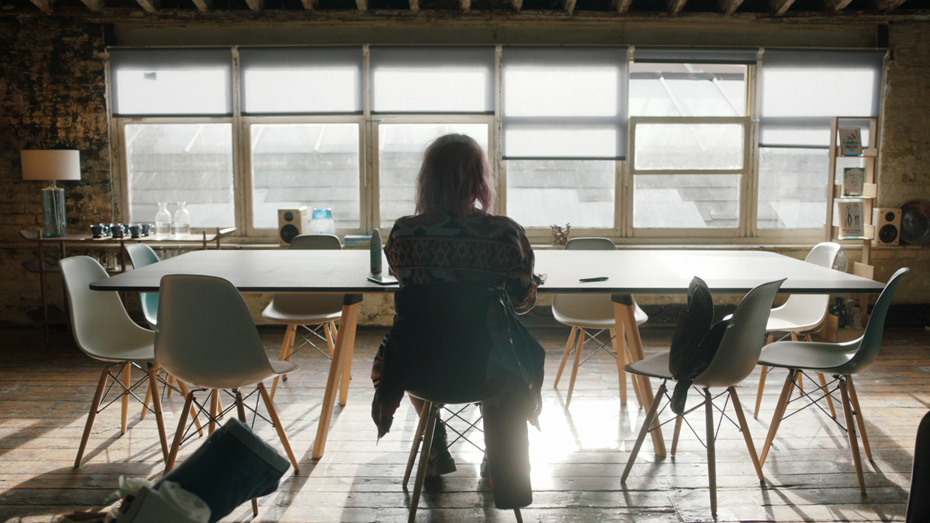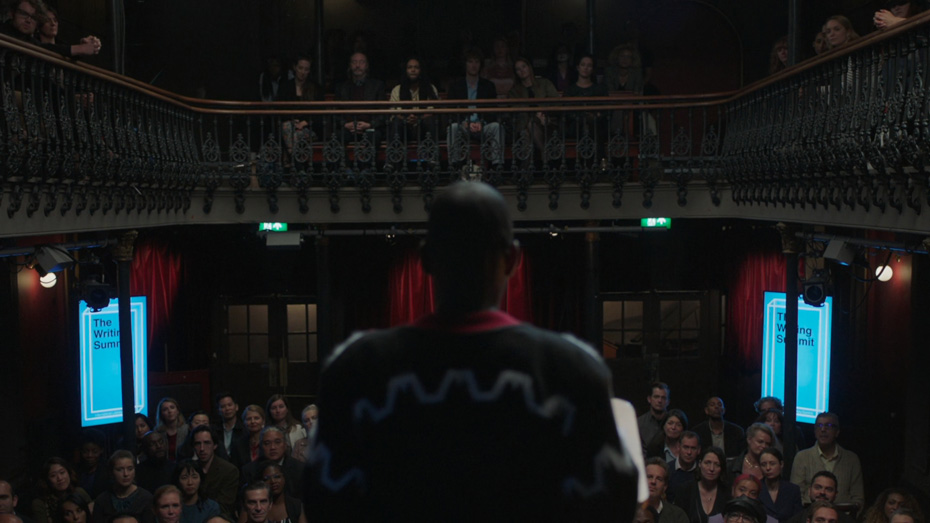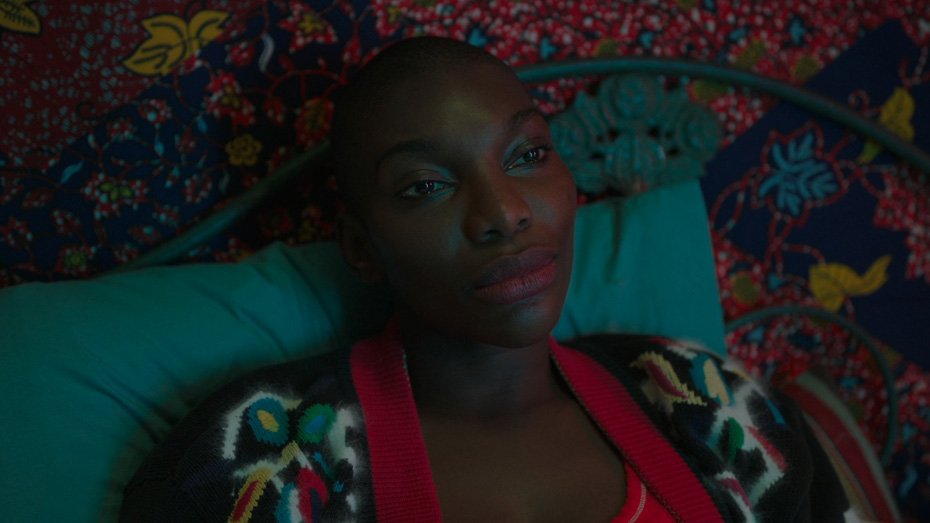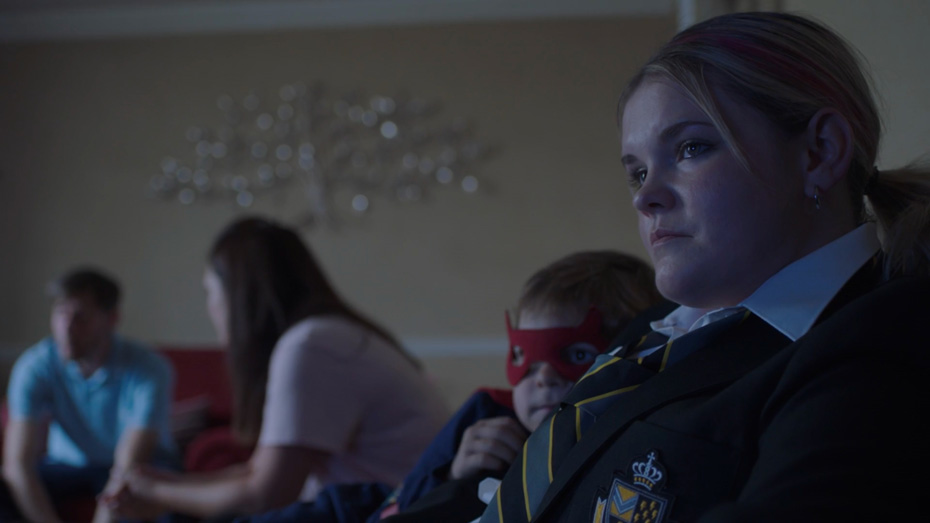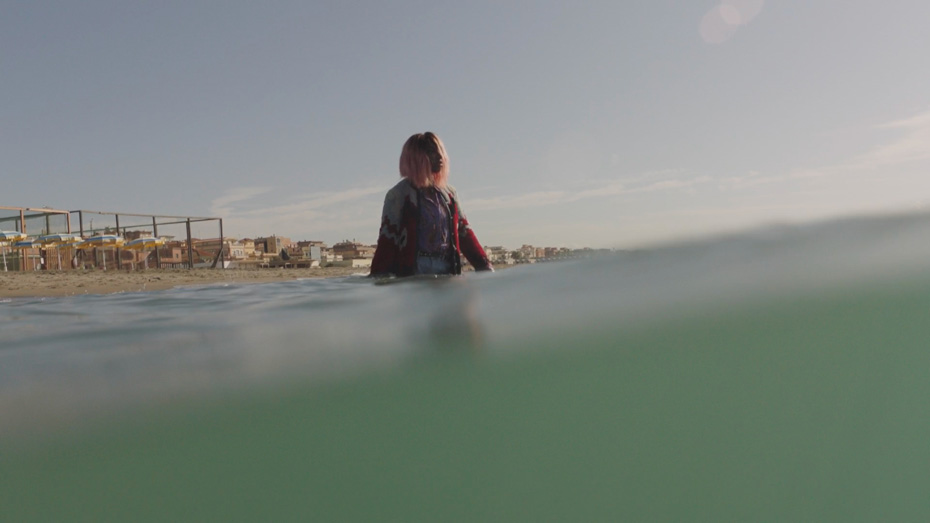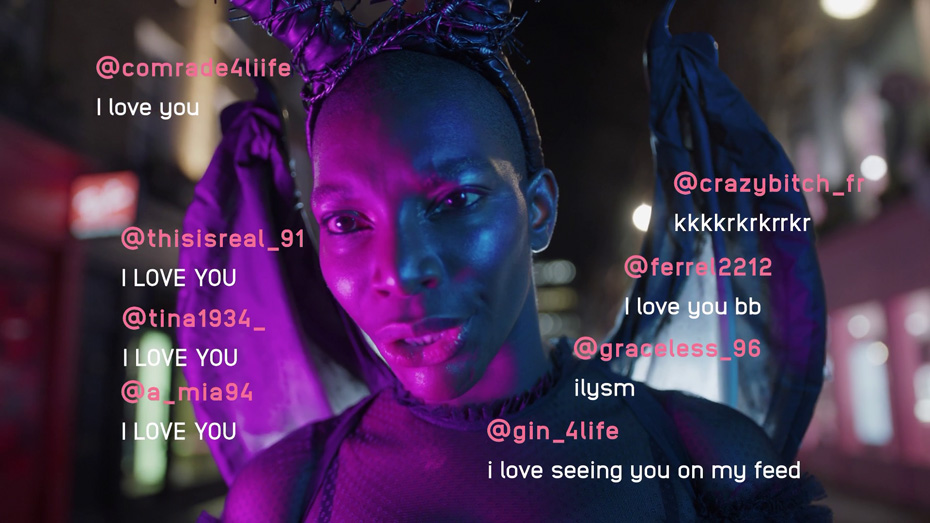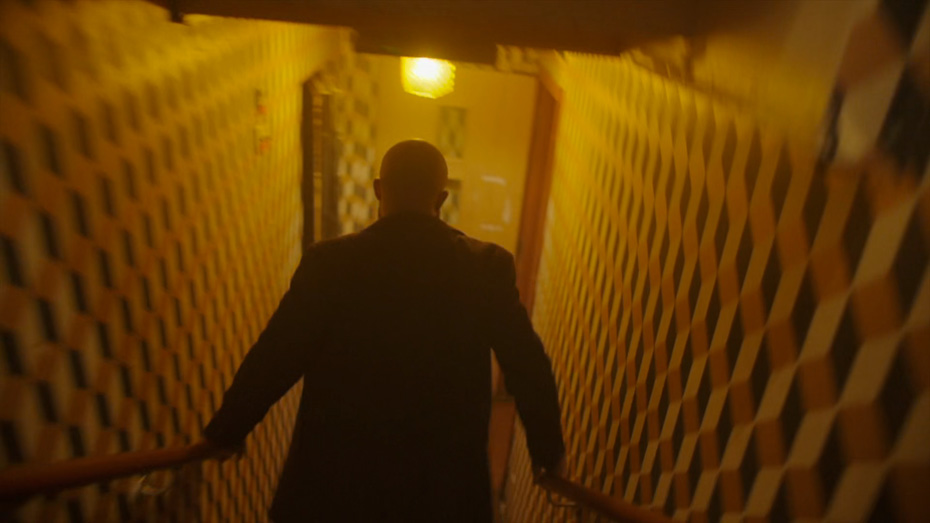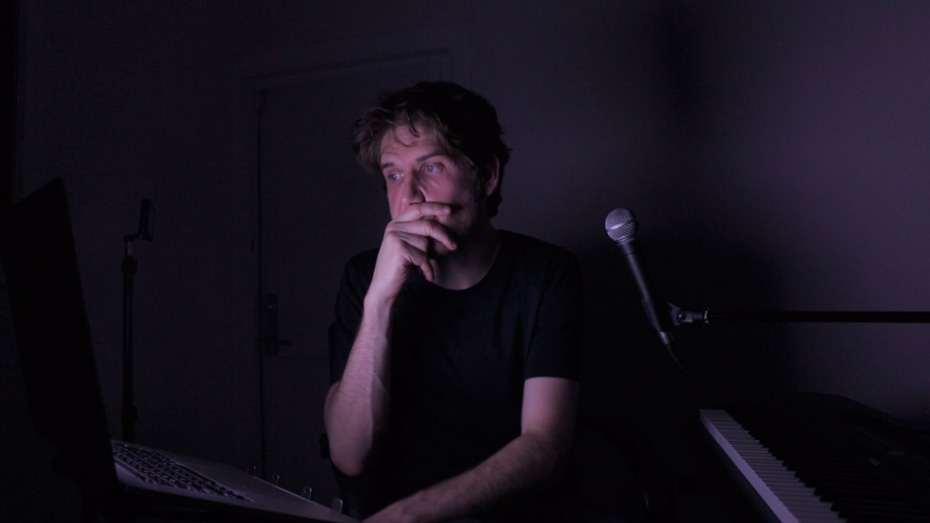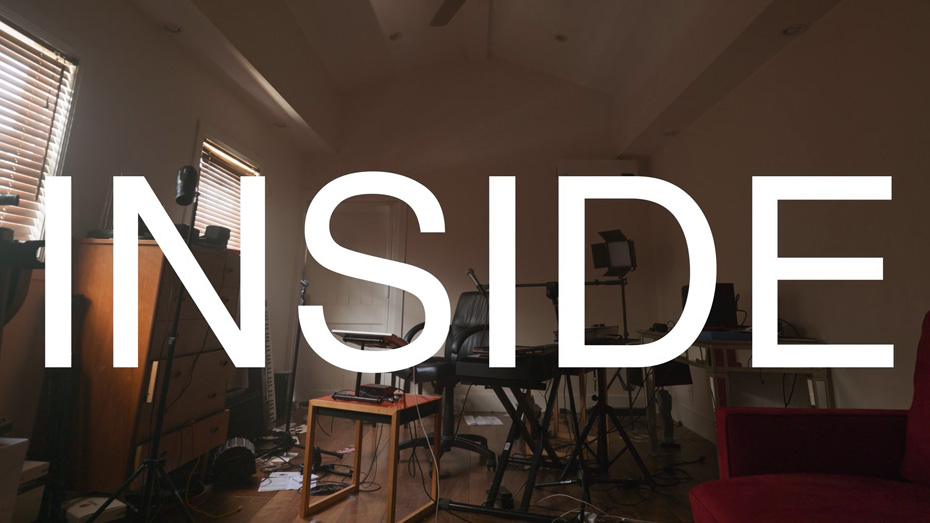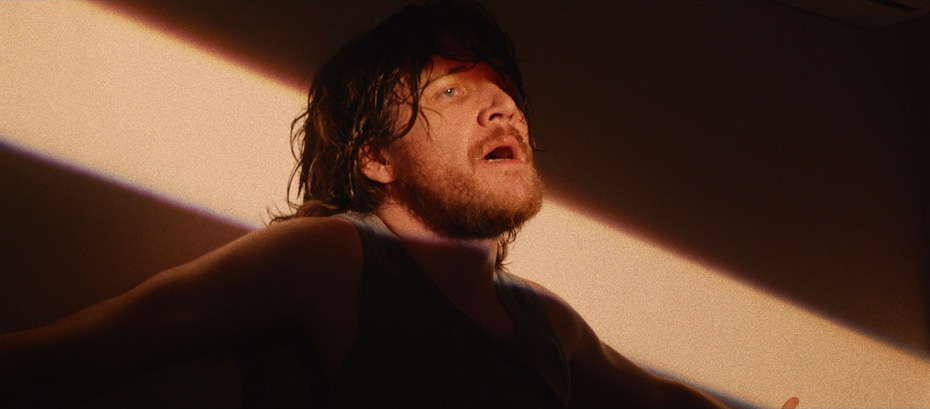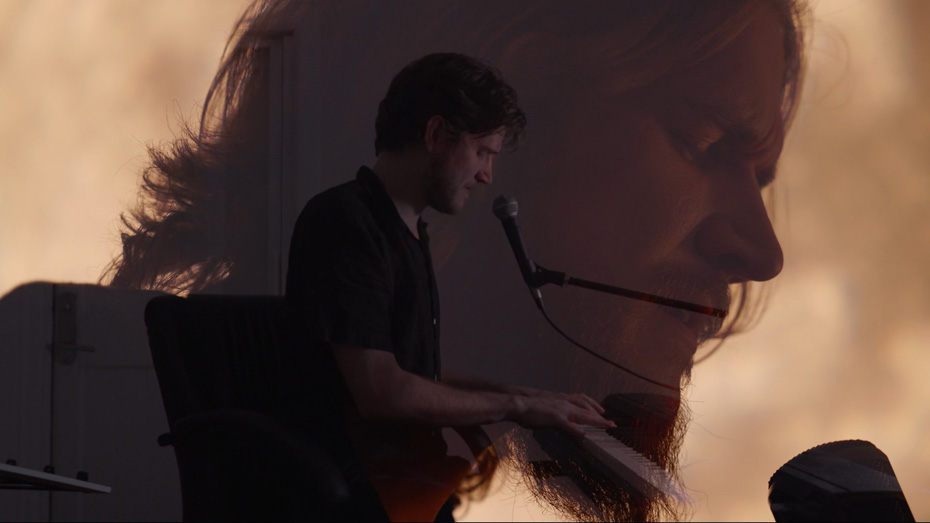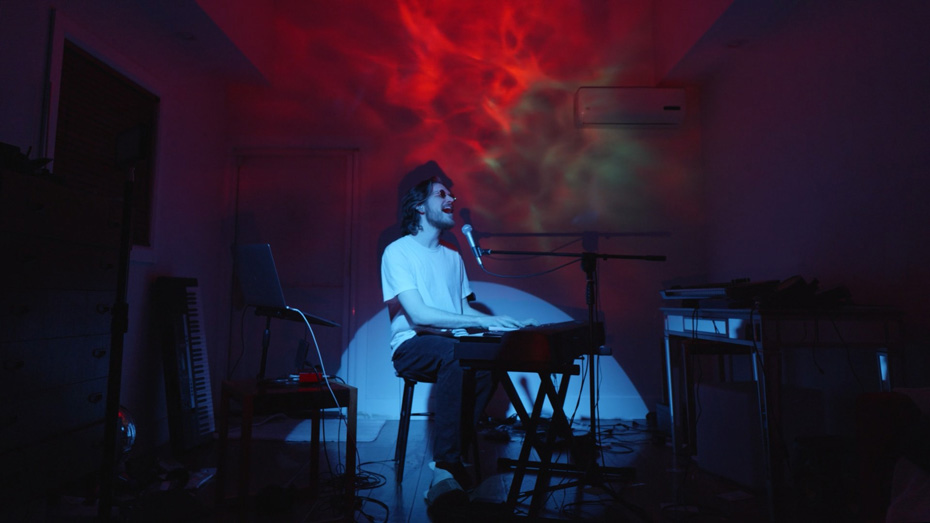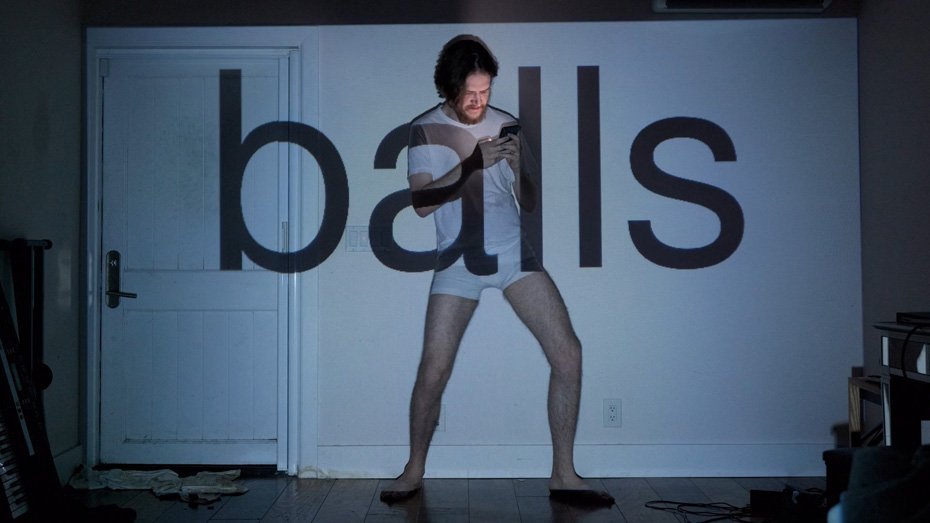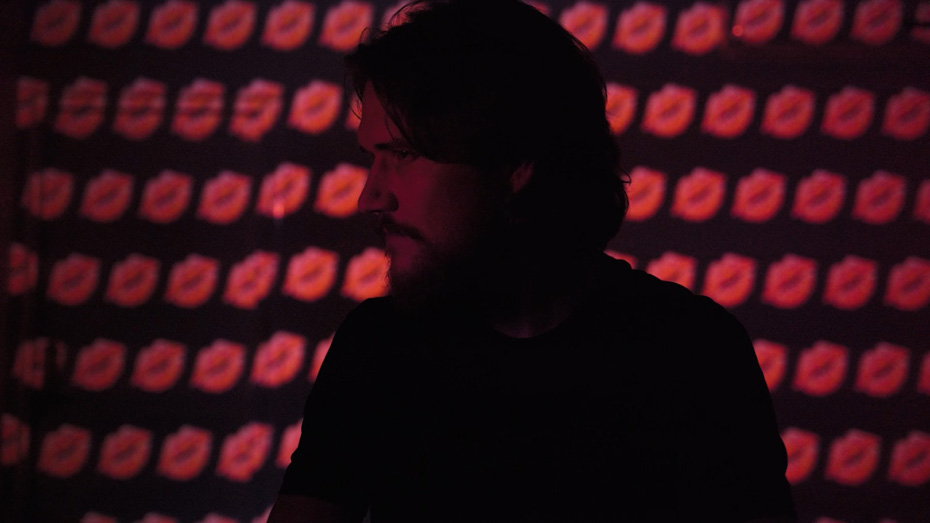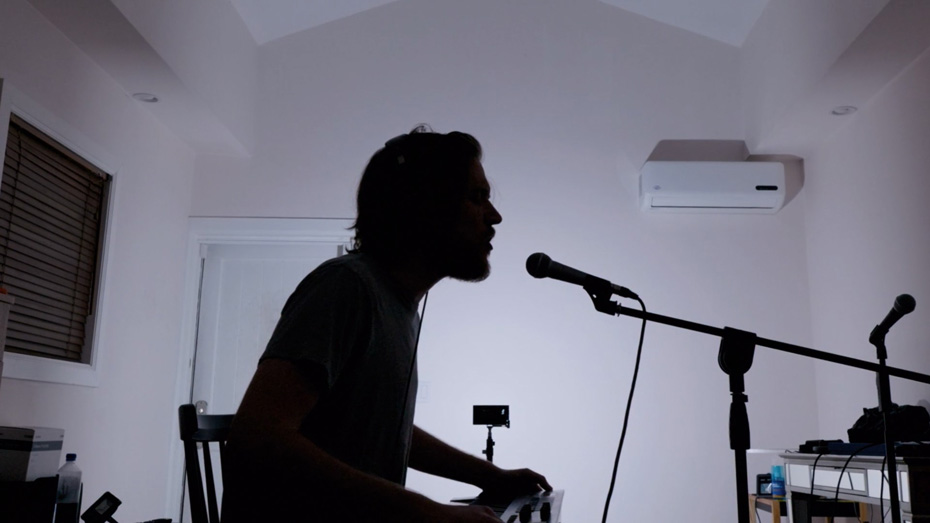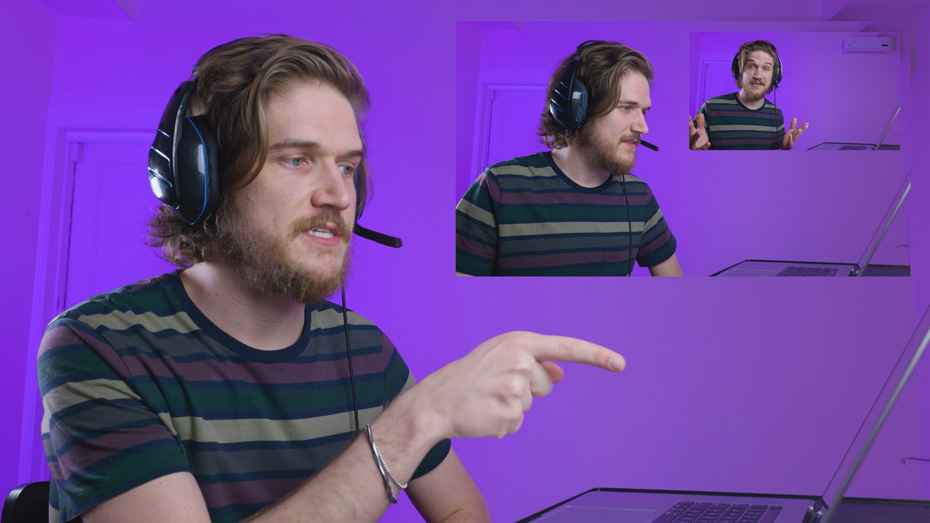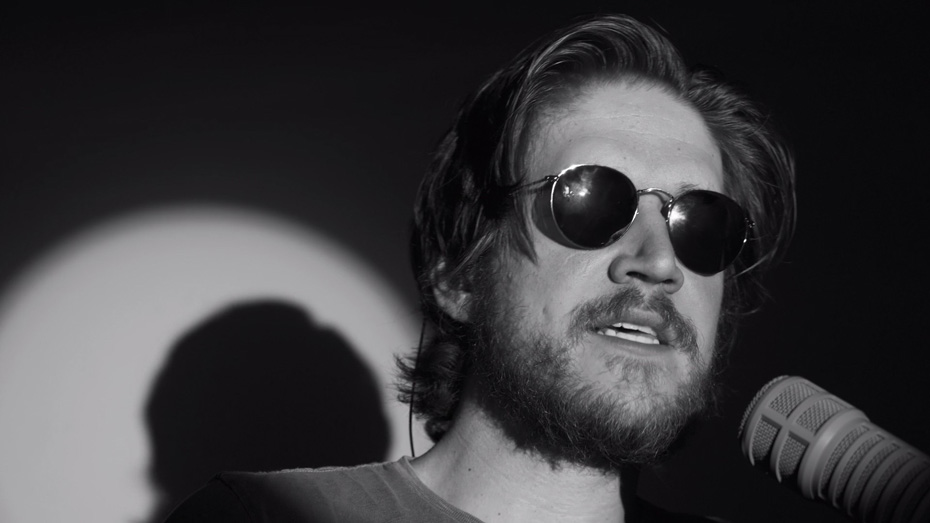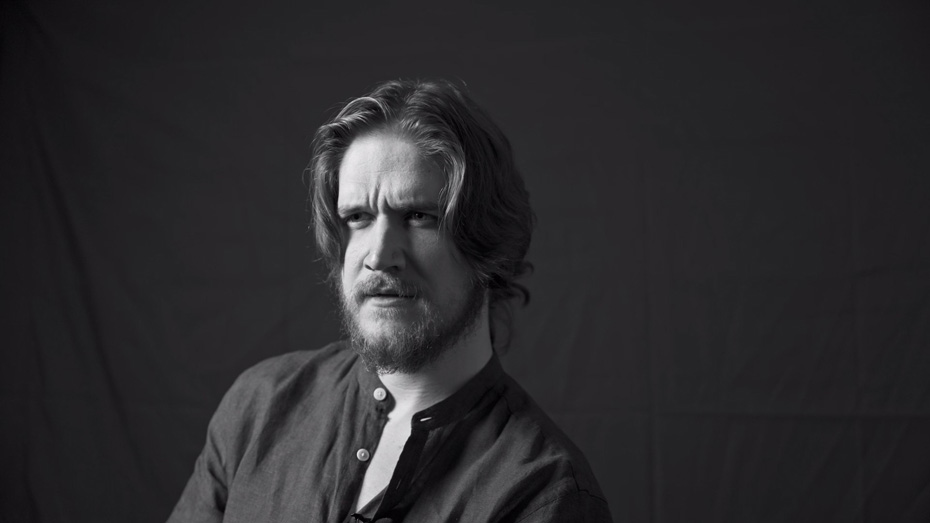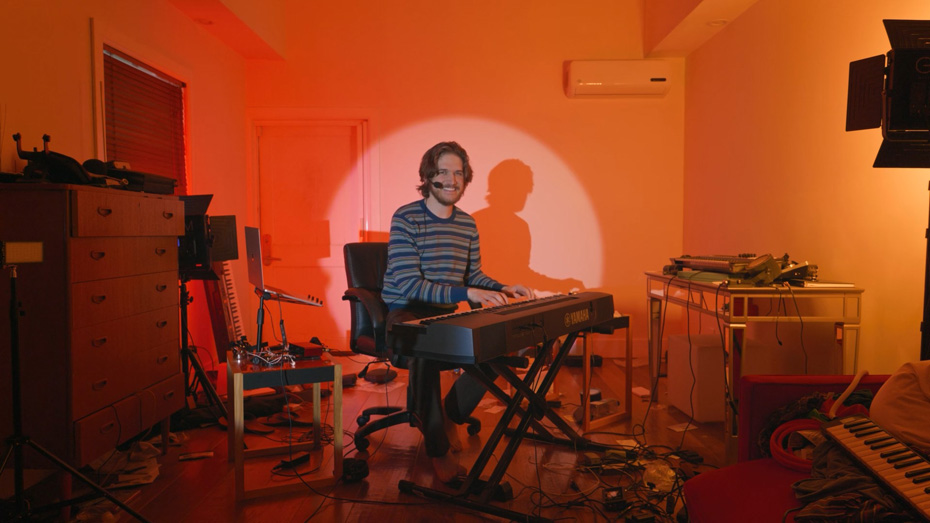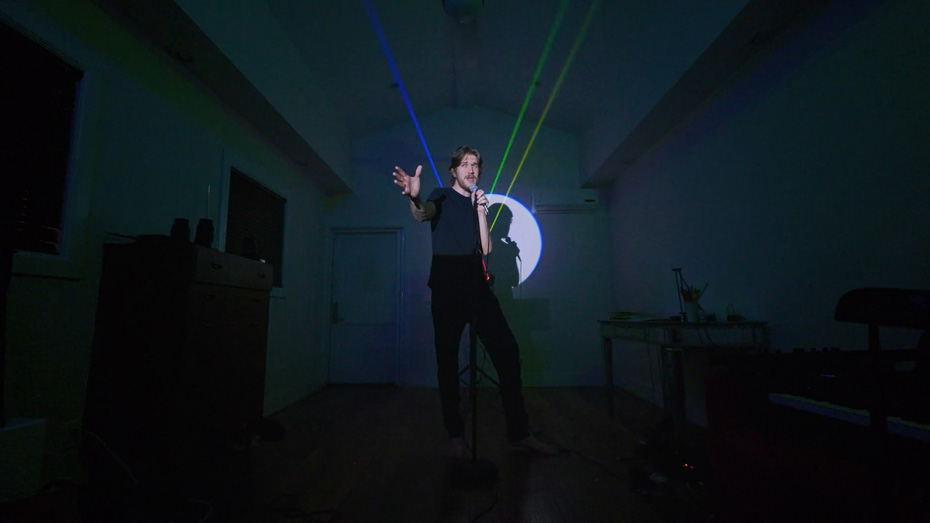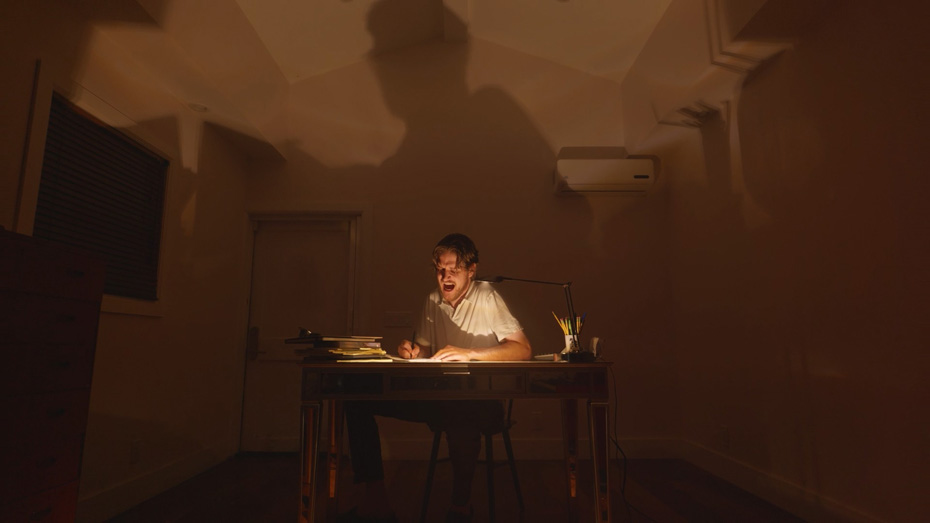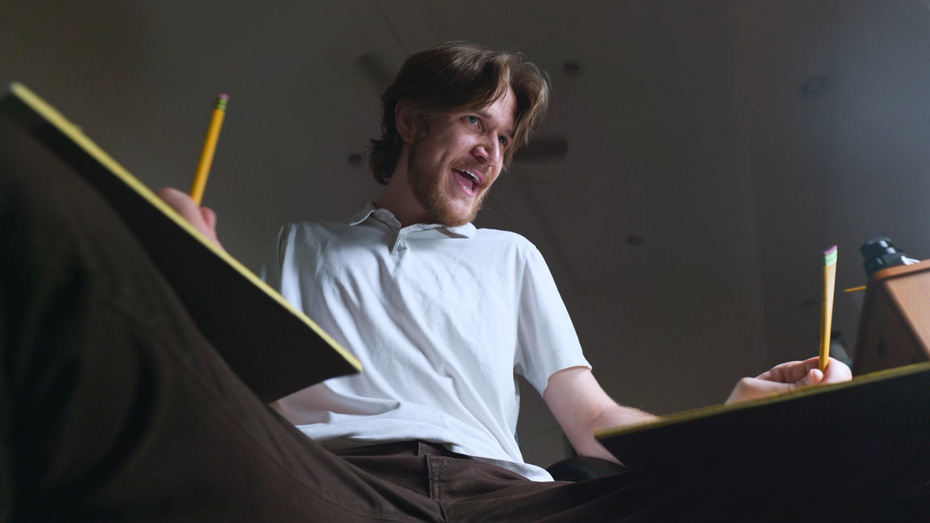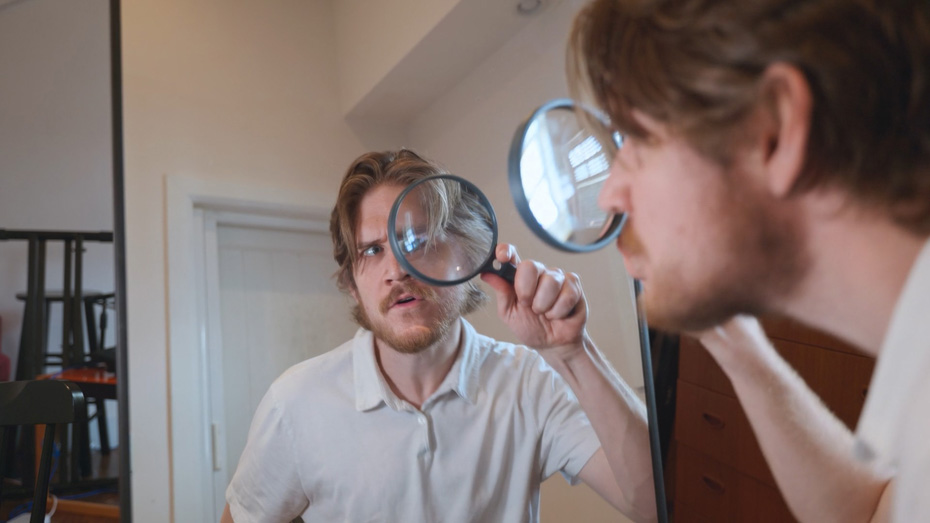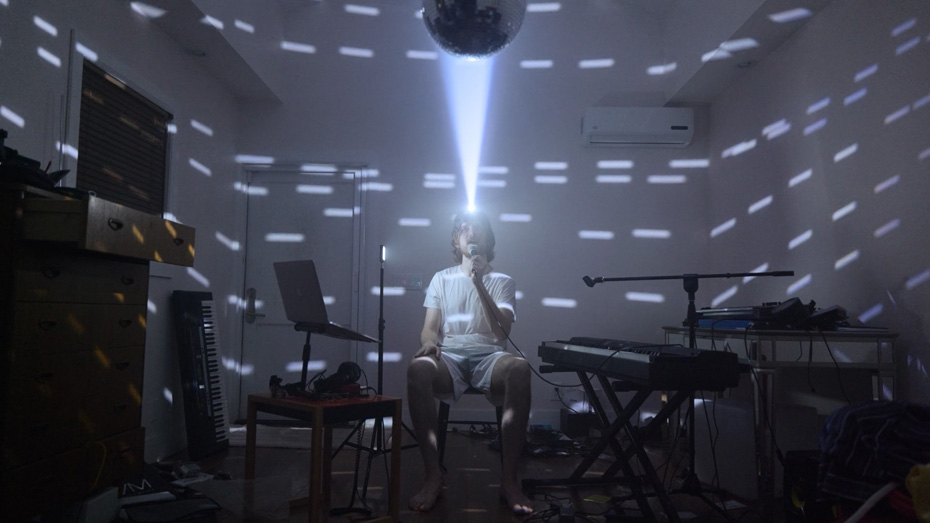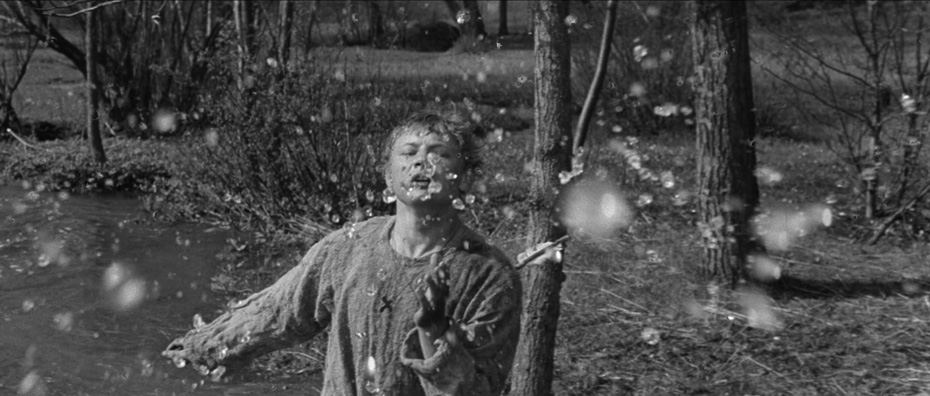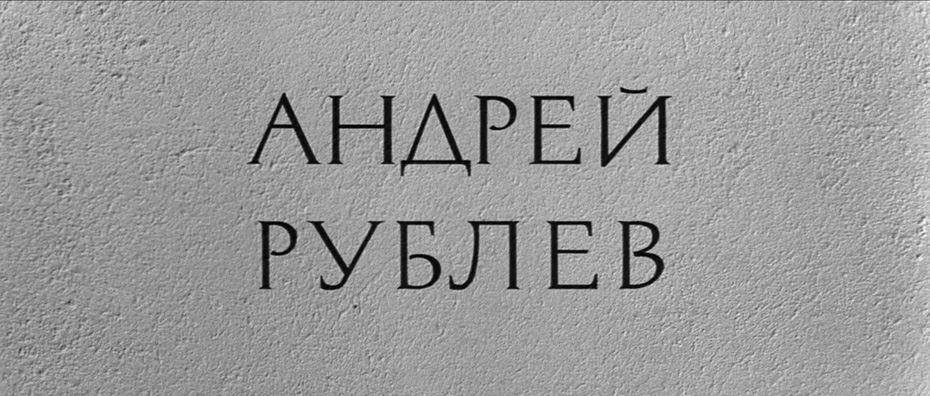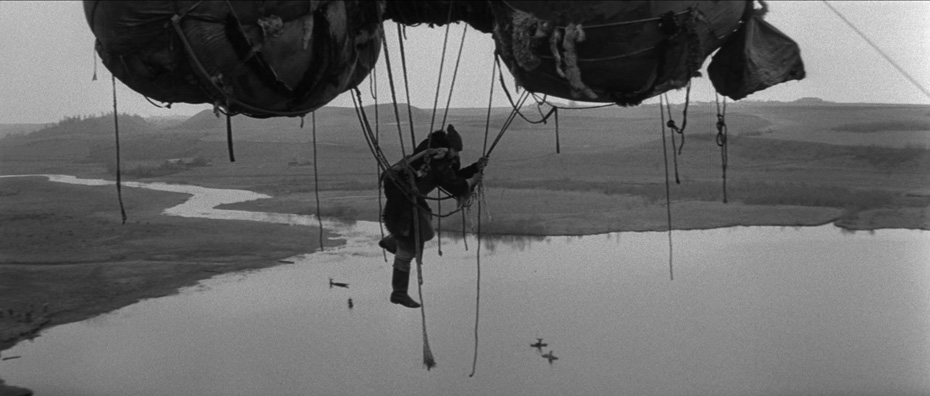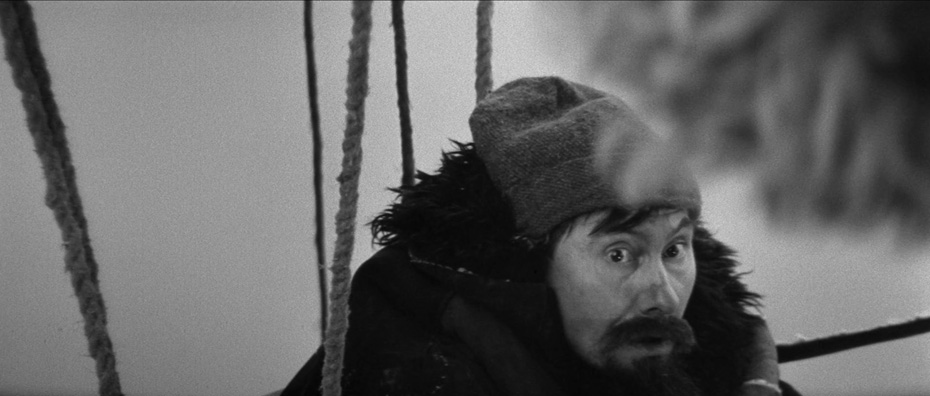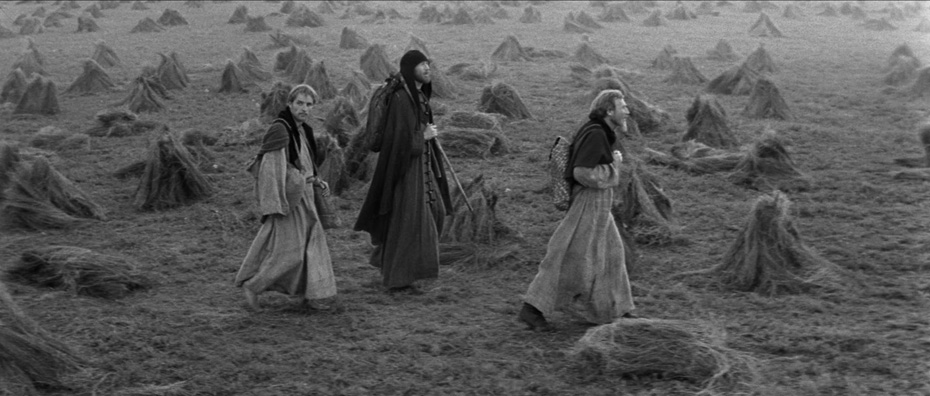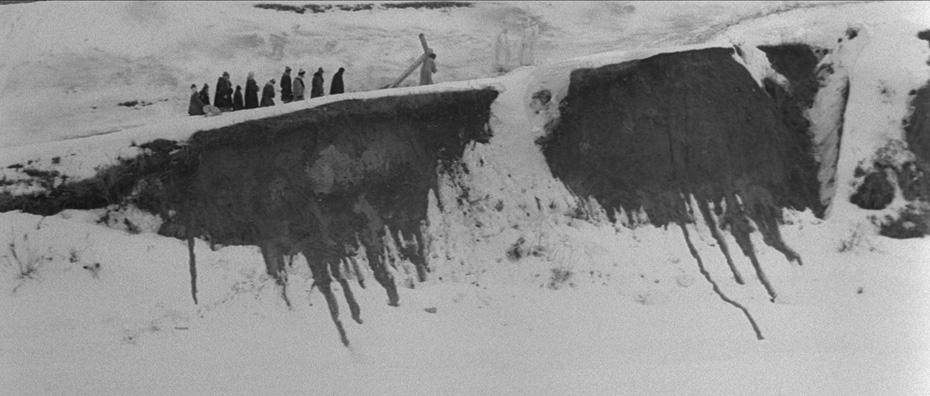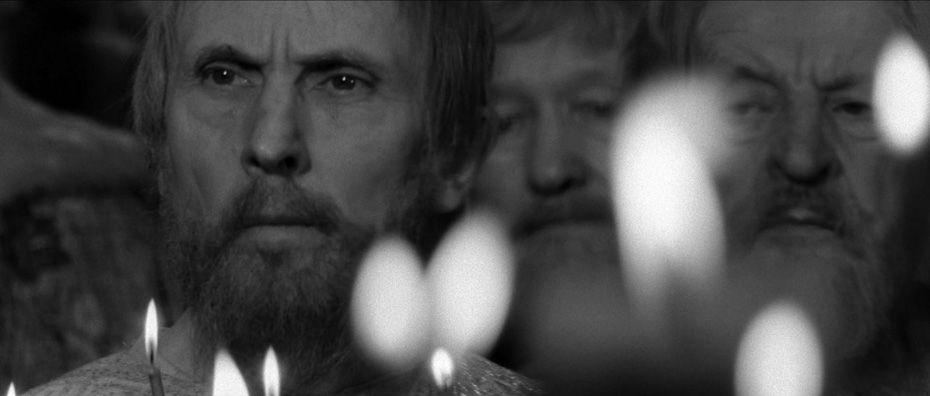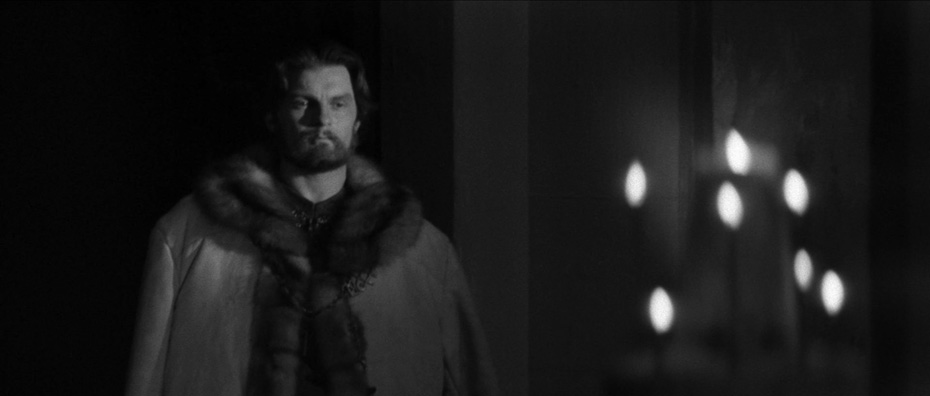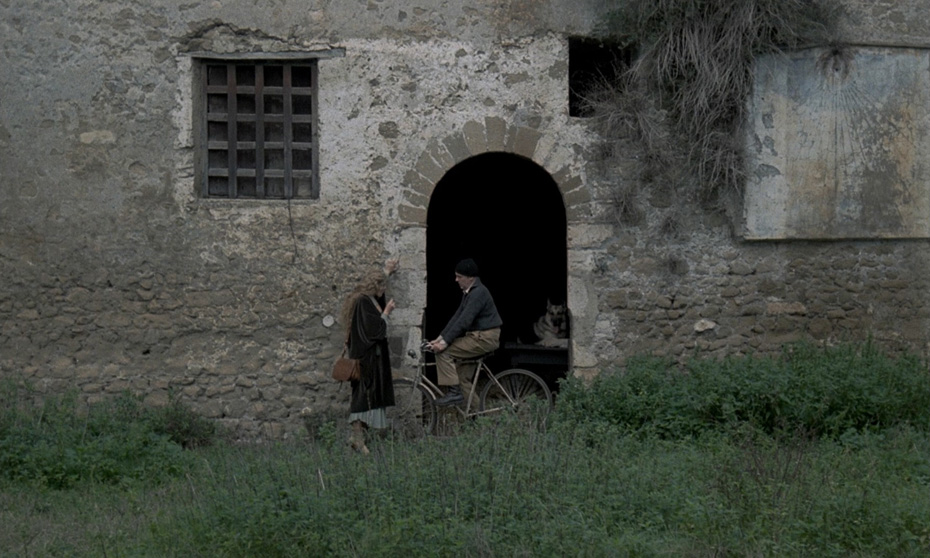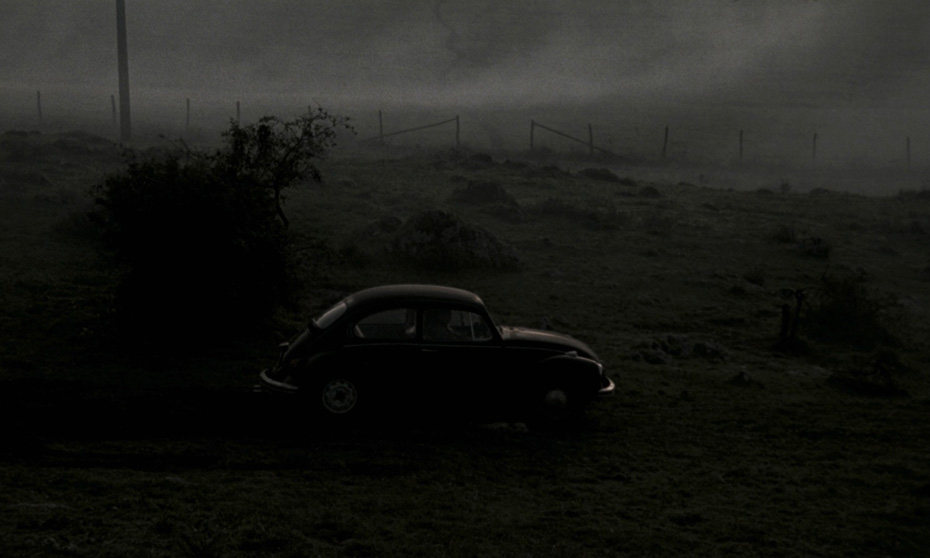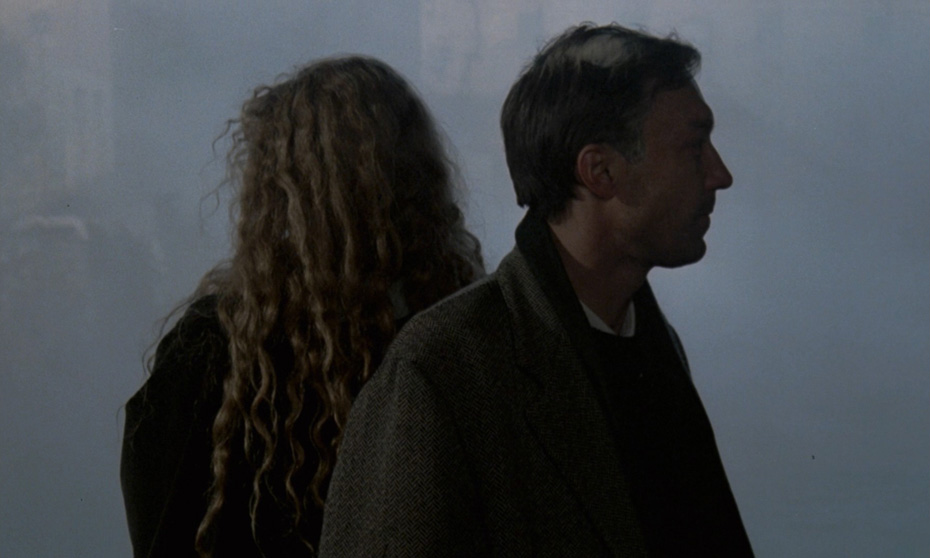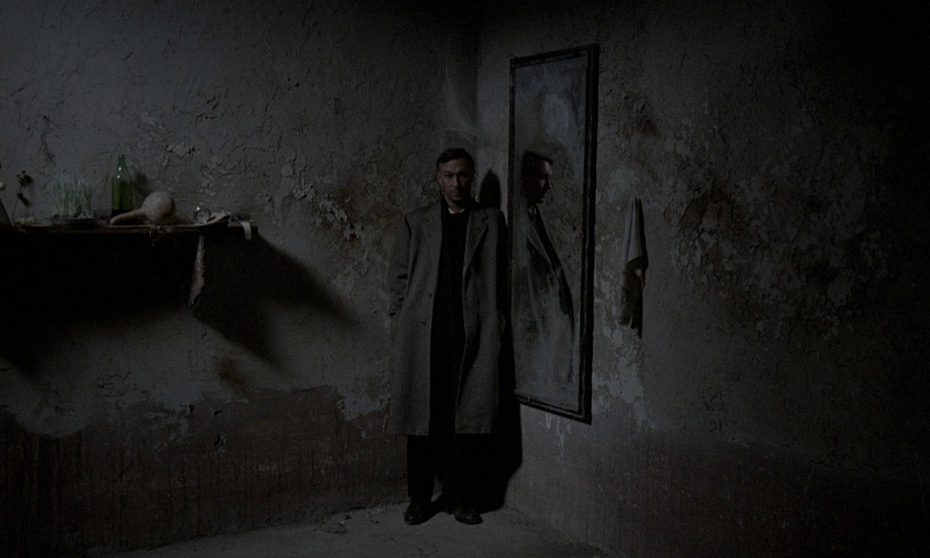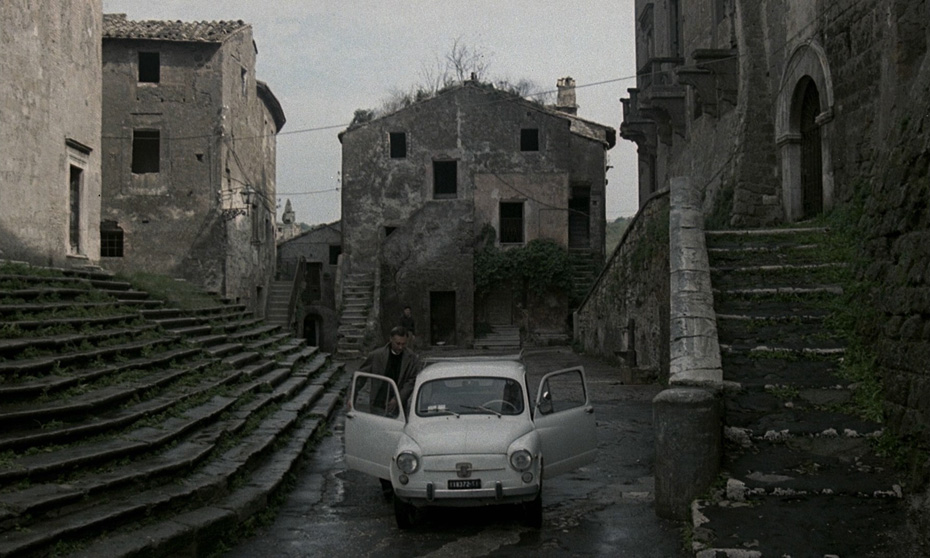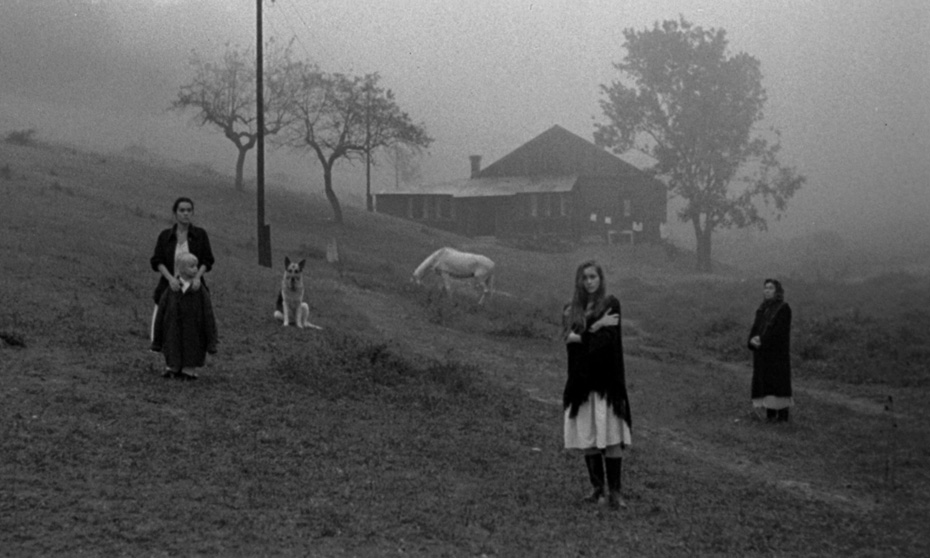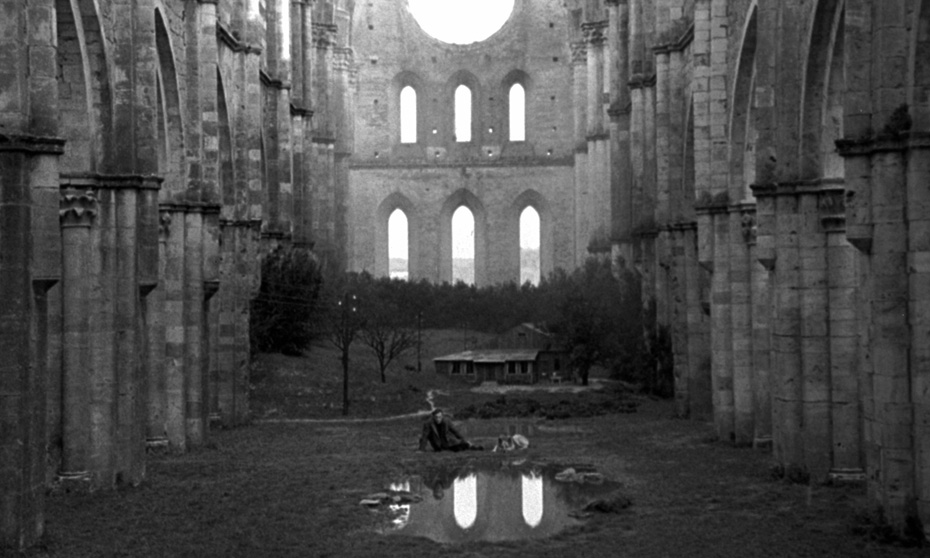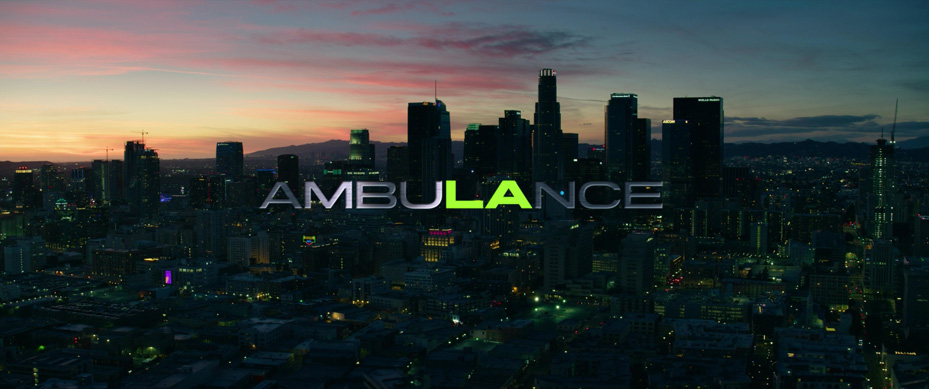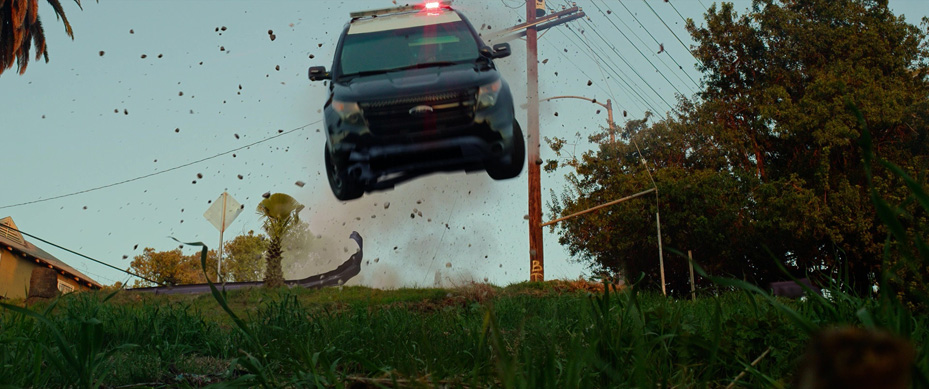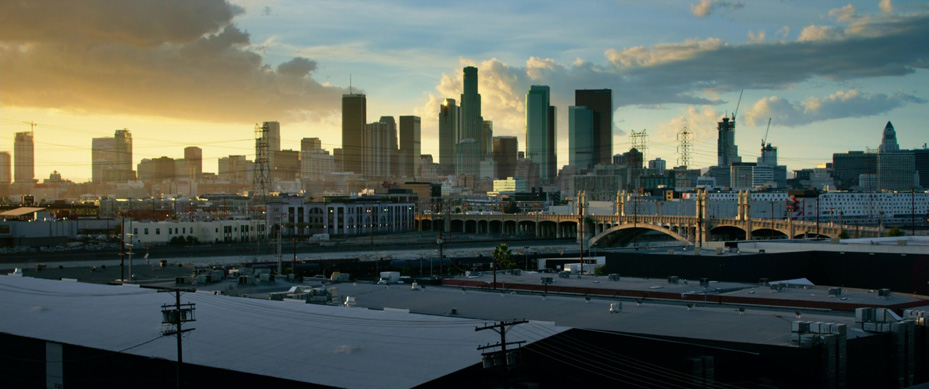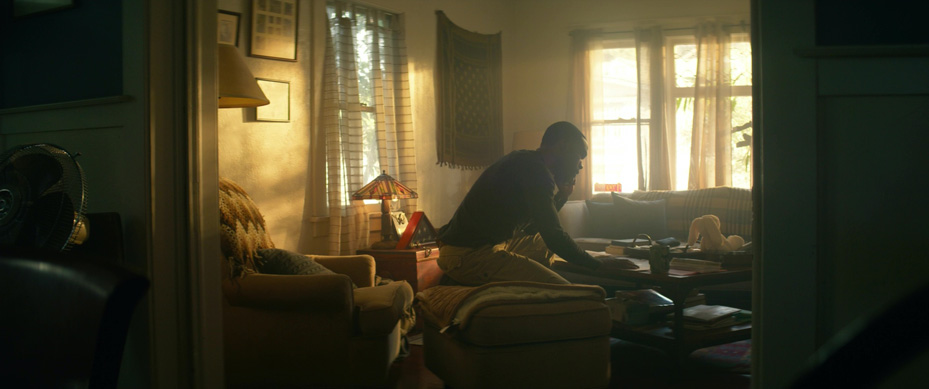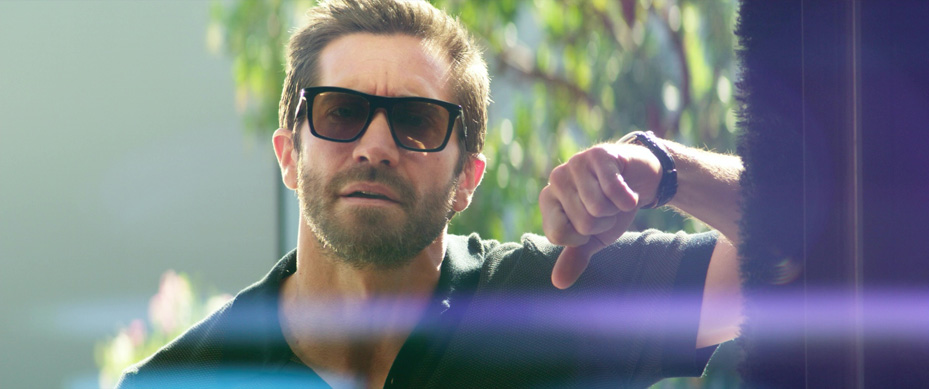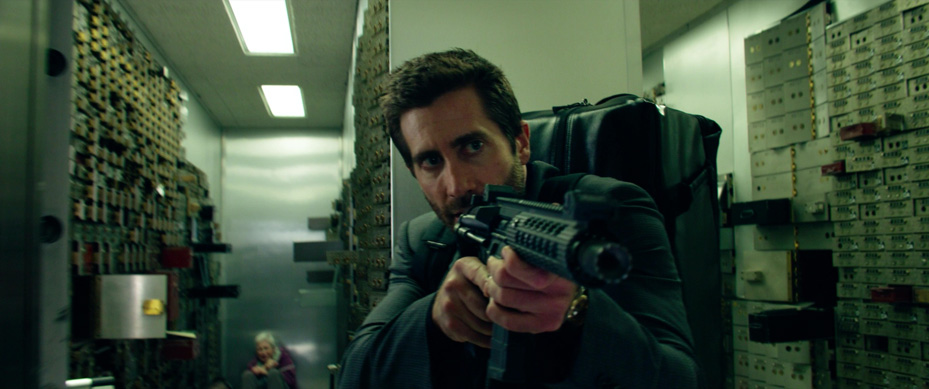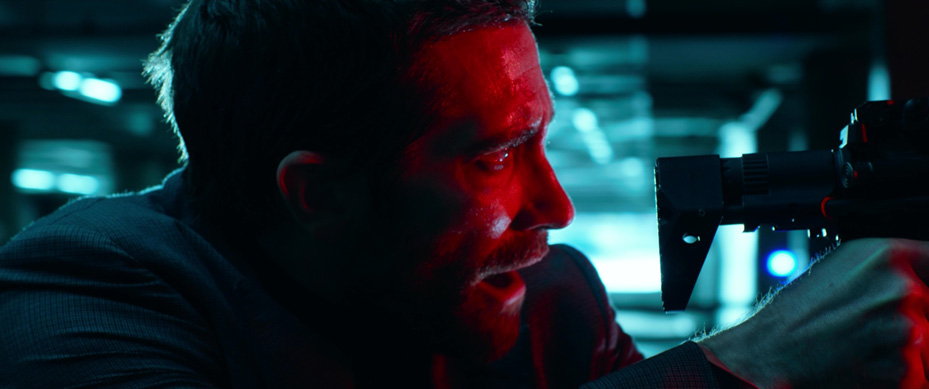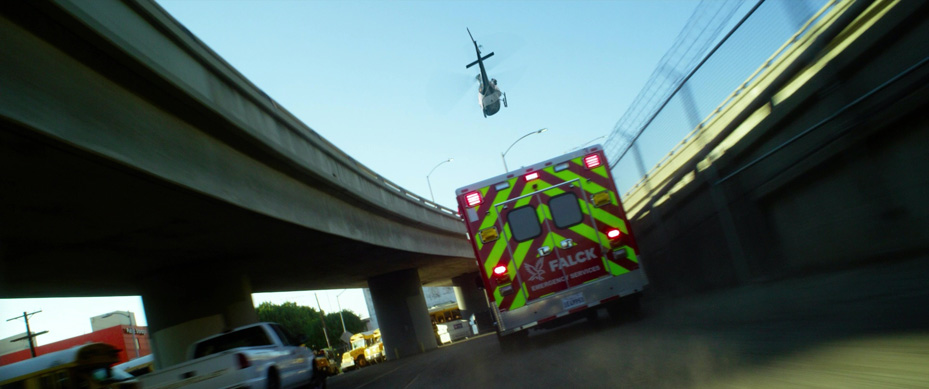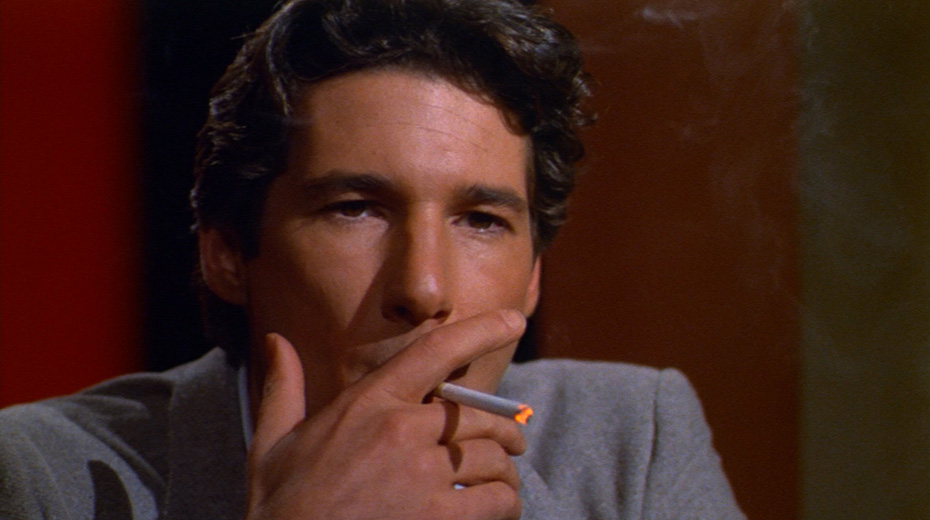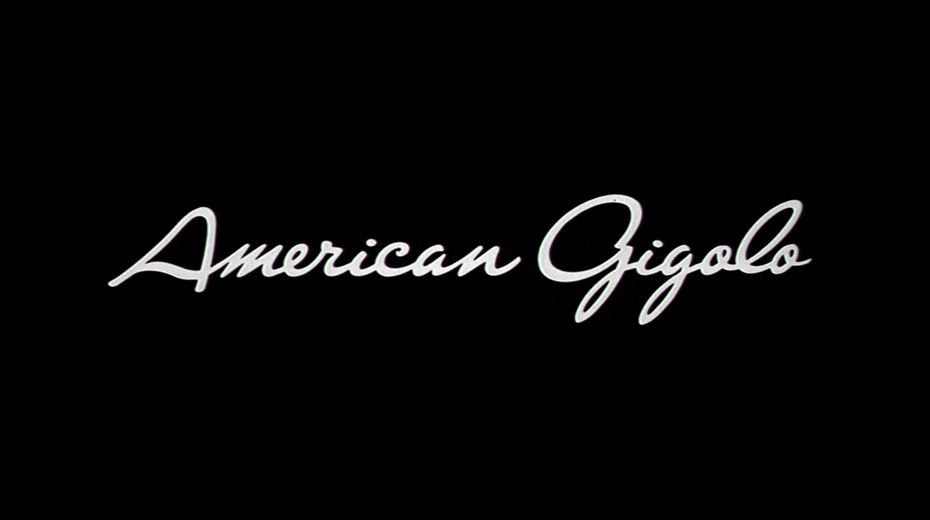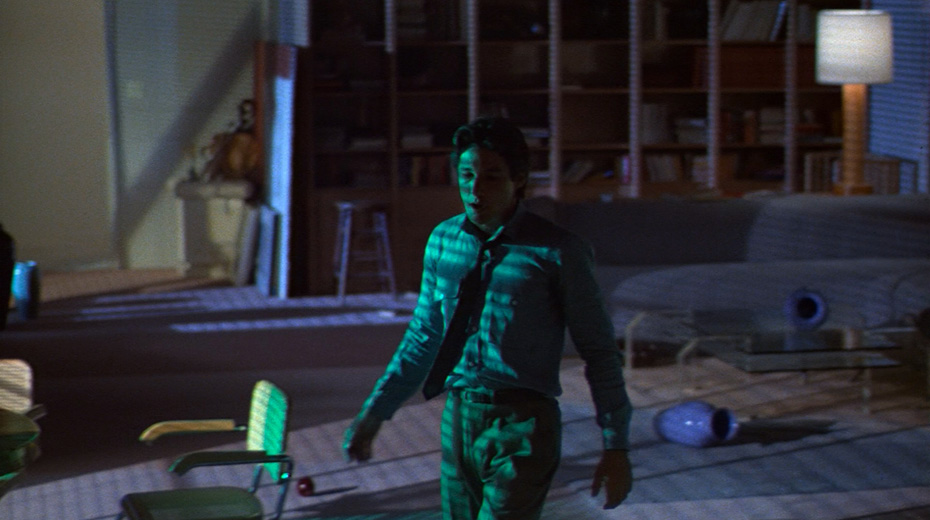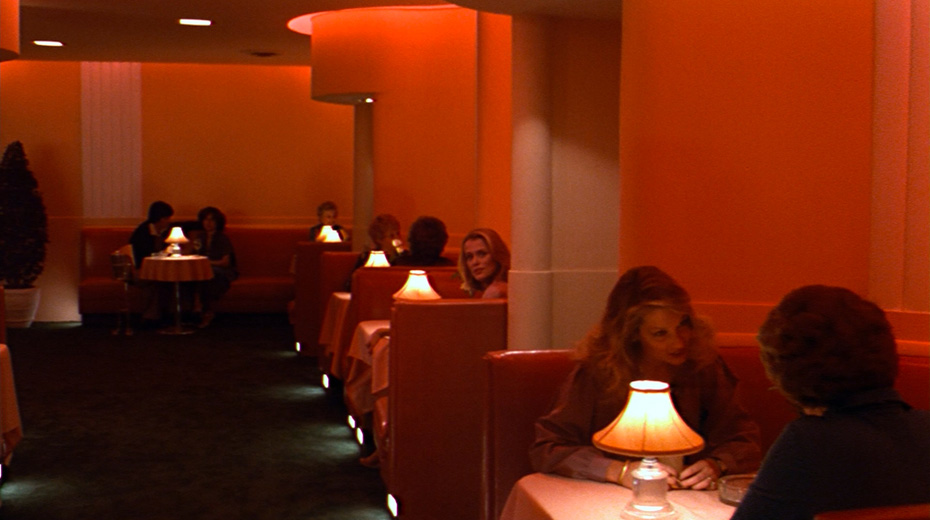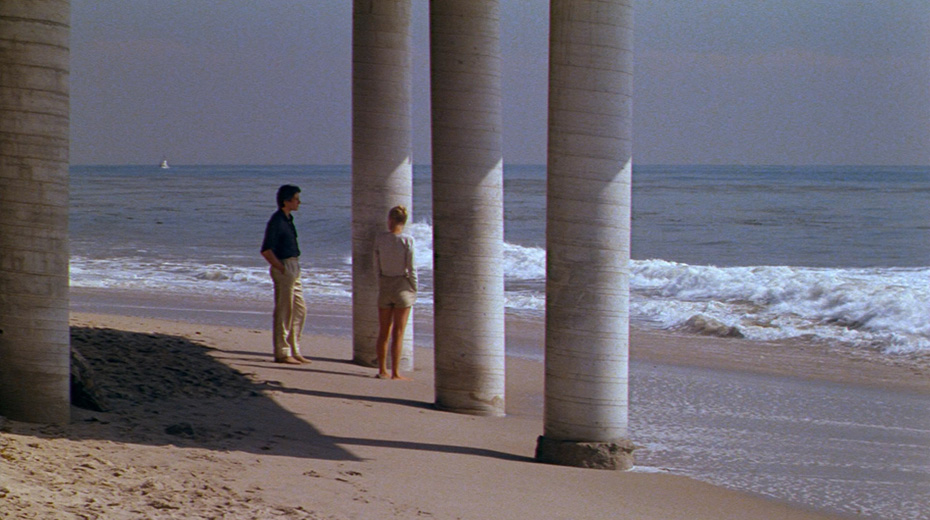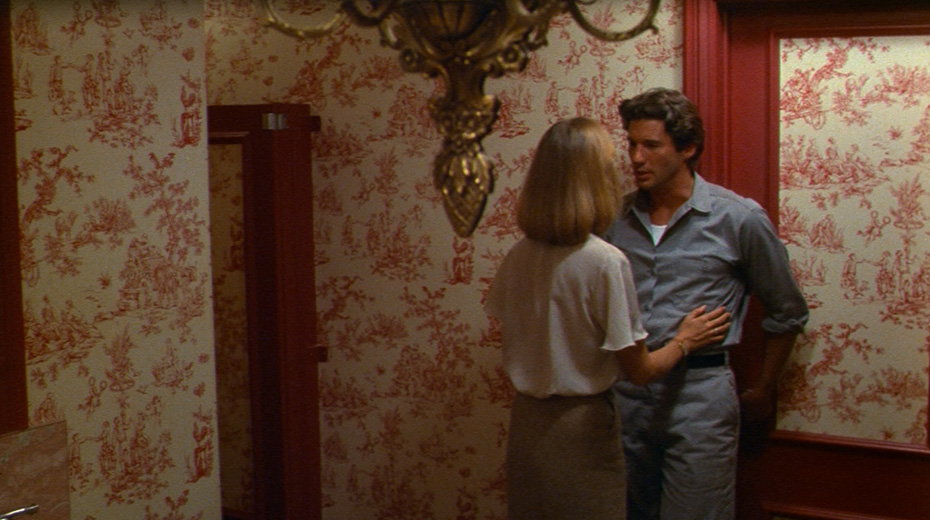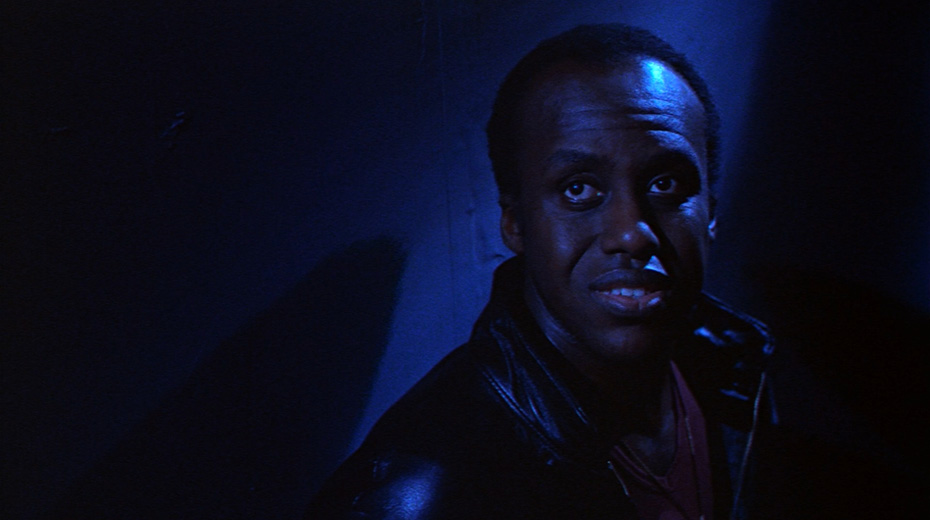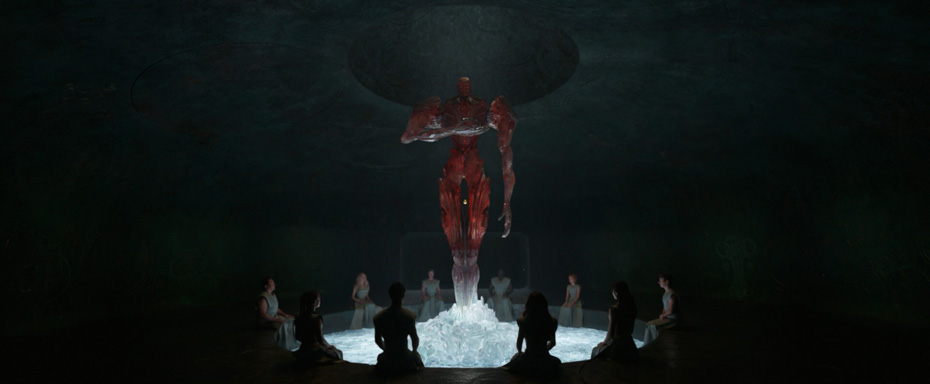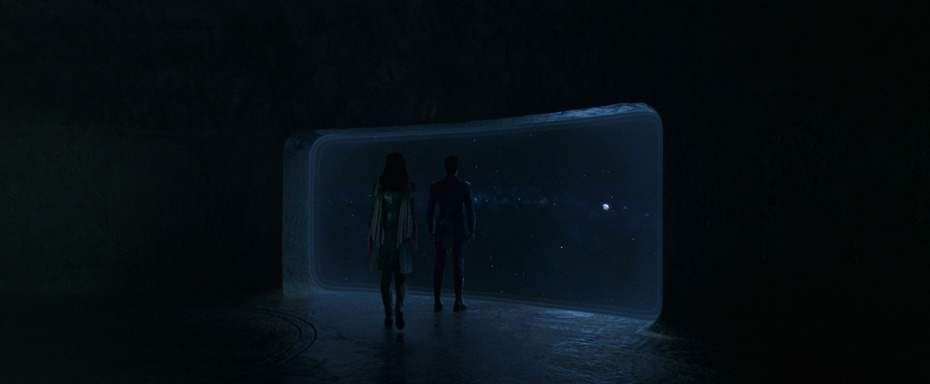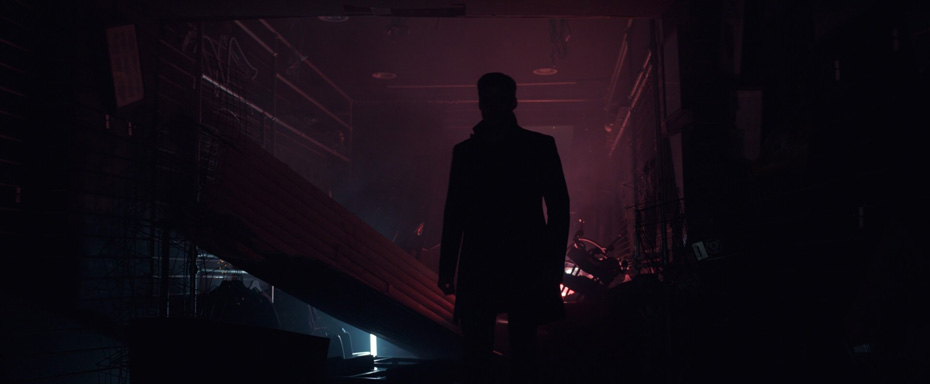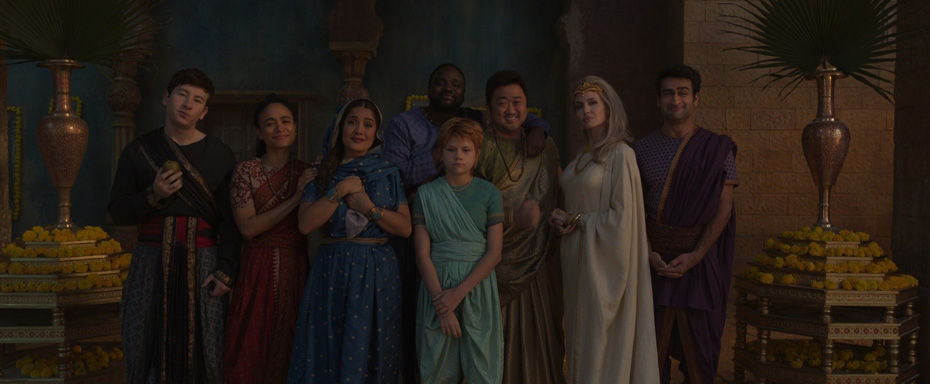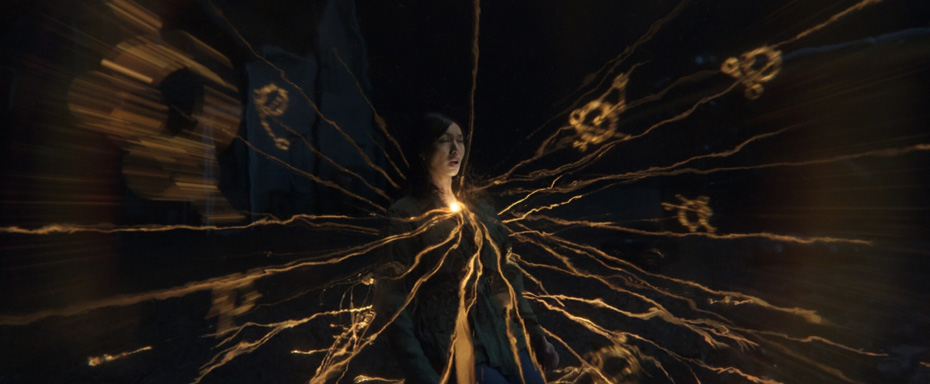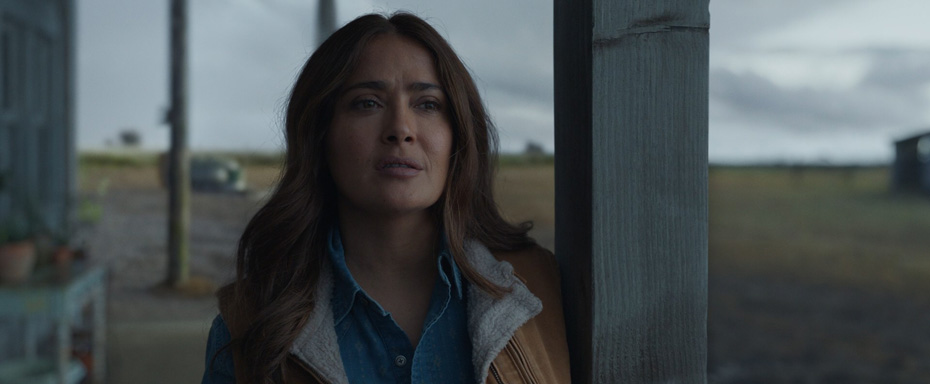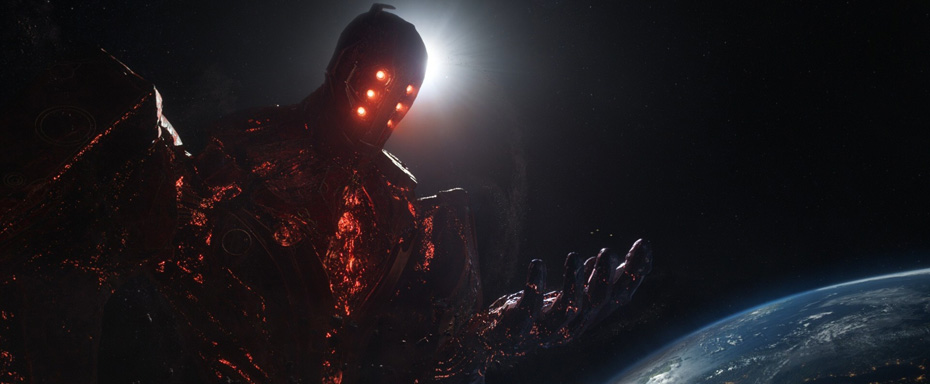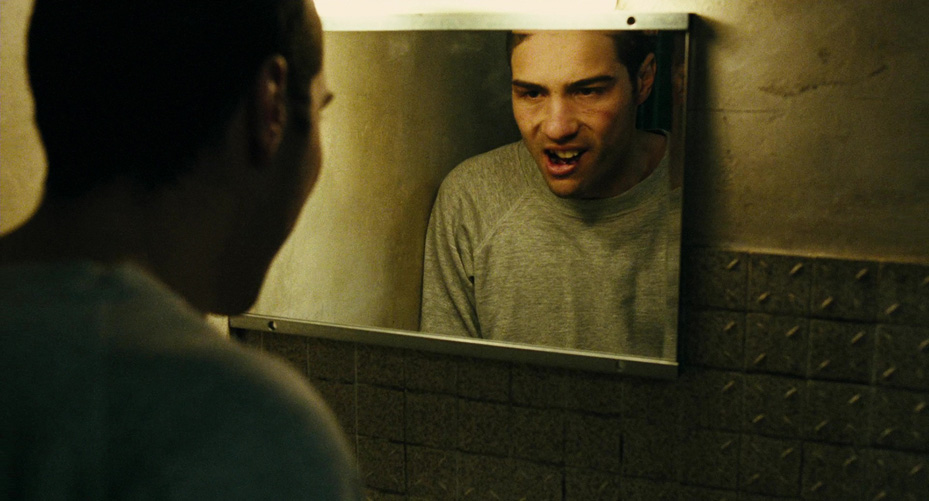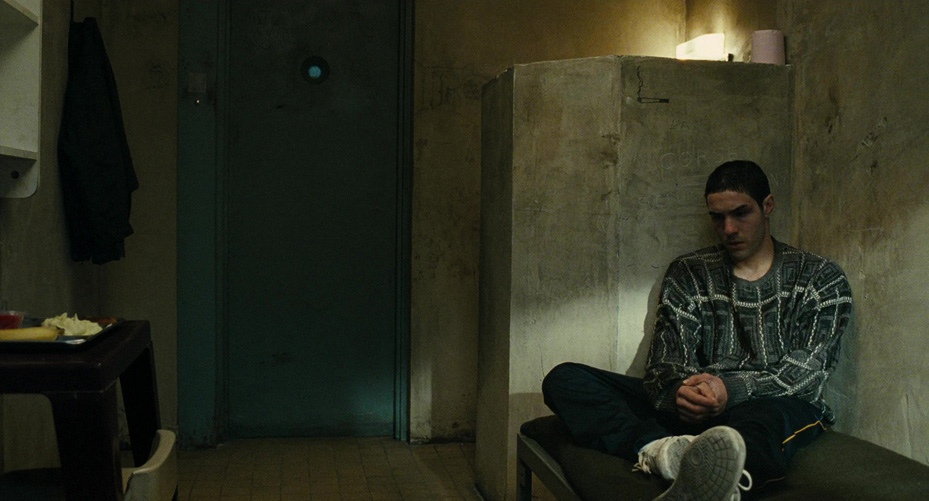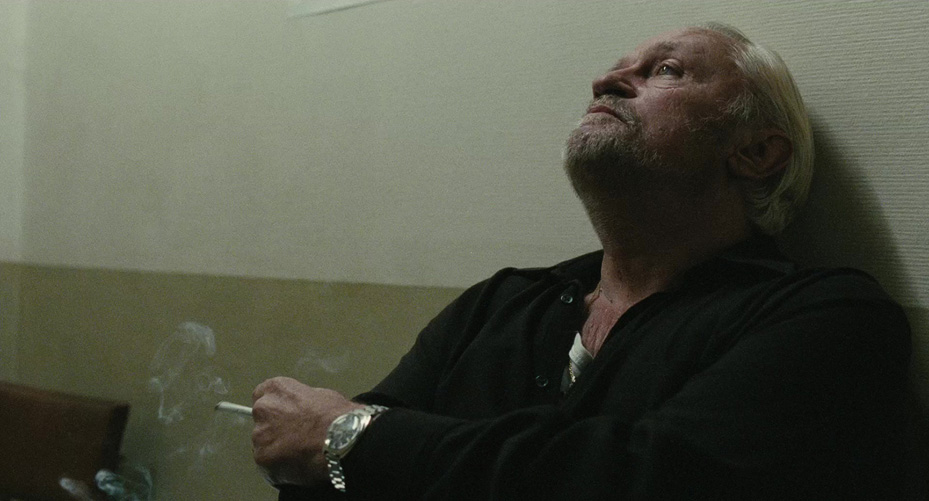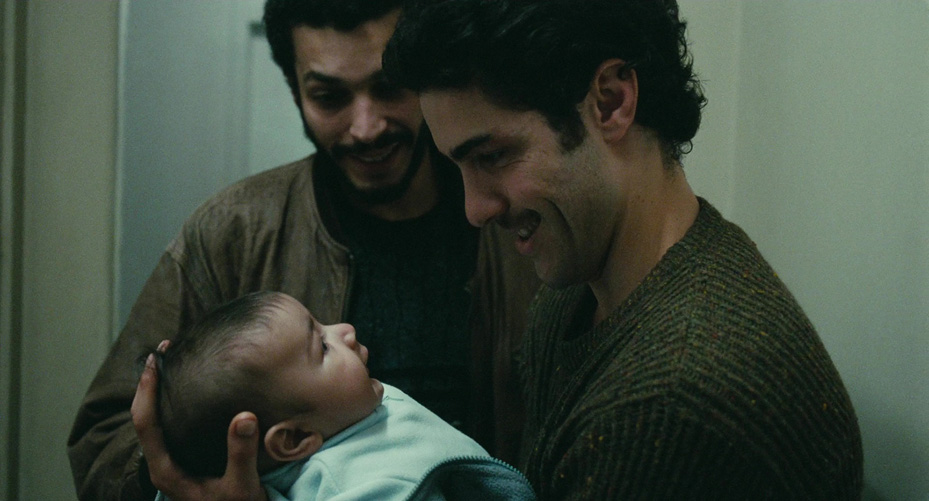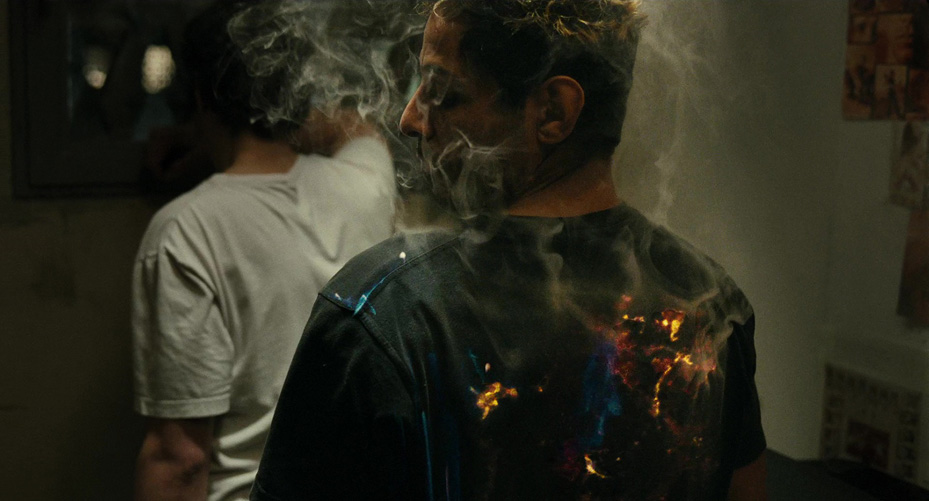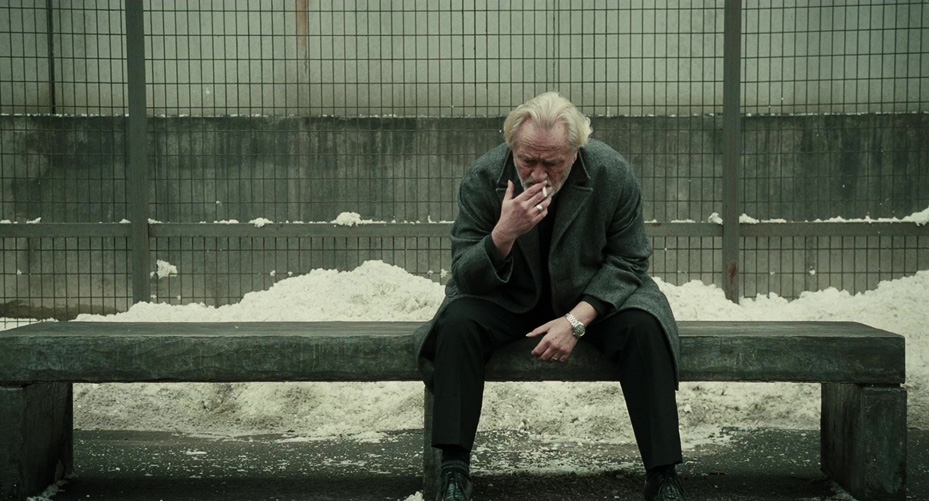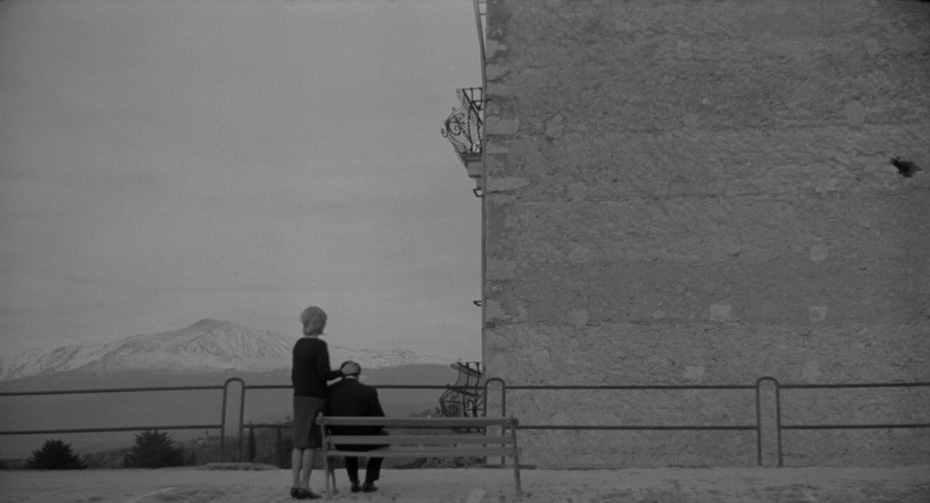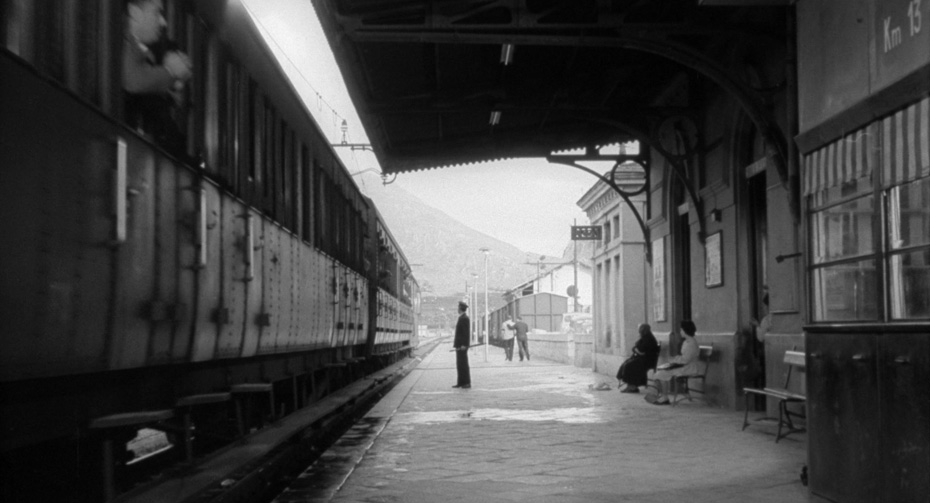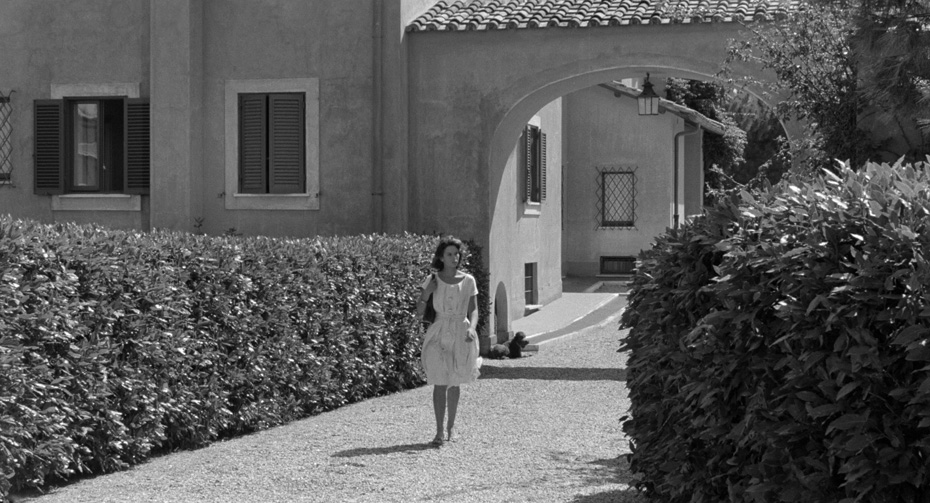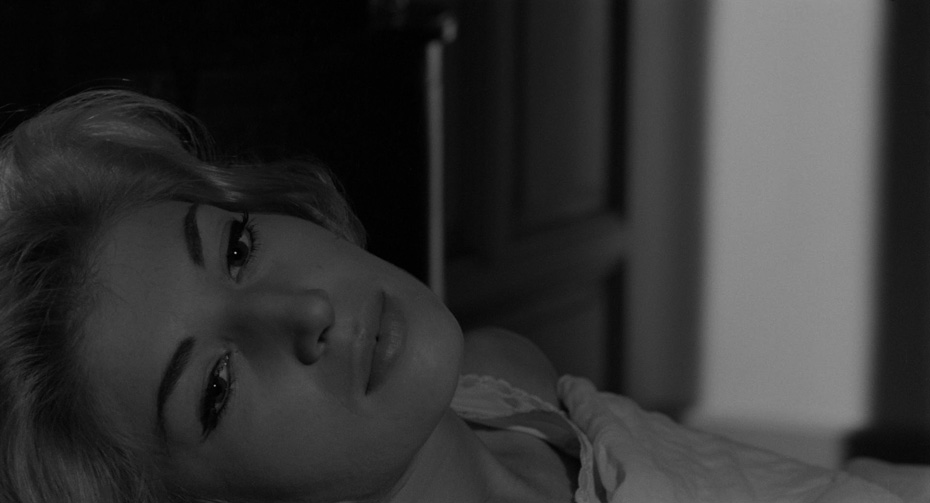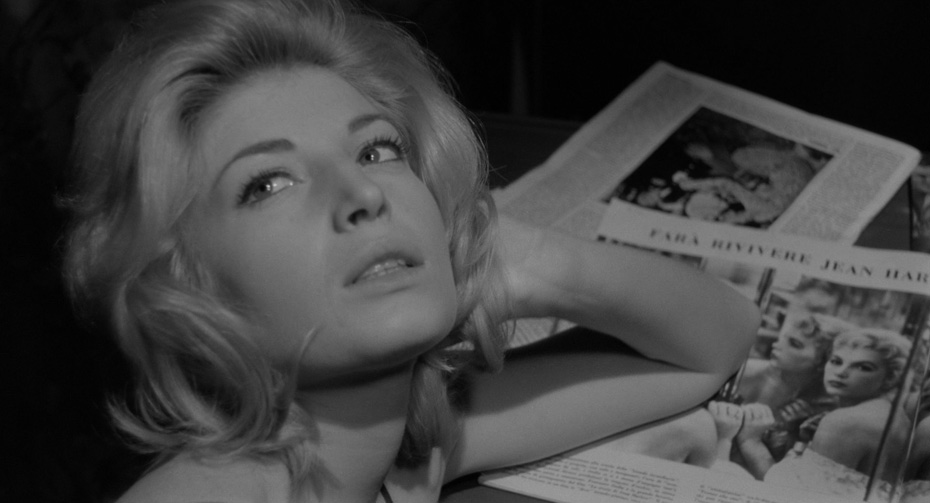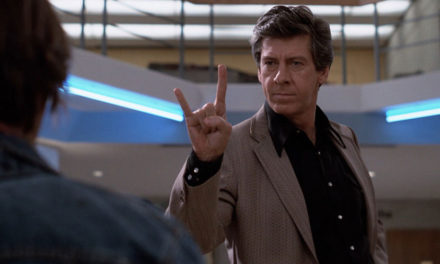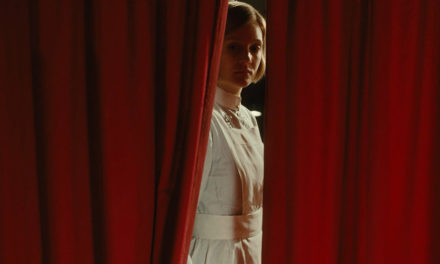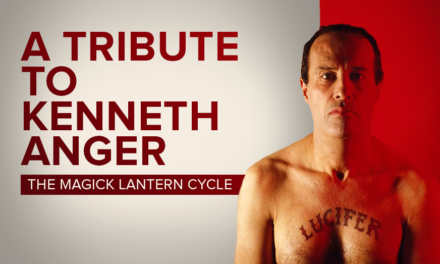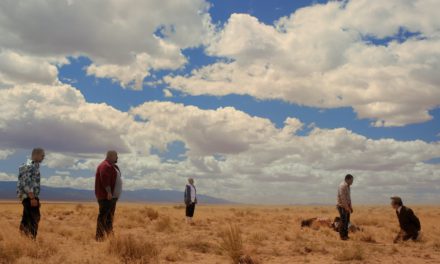THE TUESDAY DROP: 4000+ New Shots
08.23.22 Get your Decks ready ShotDeck Team! We’re adding 20 titles this week, including the complete limited series I May Destroy You, Bo Burnham’s Inside, two Andrei Tarkovsky films, and more! Check them out below, and remember you can always request films for future drops by clicking here!
I MAY DESTROY YOU is a British black comedy-drama television limited series created, written, co-directed, and executive produced by Michaela Coel. The series aired on BBC One and HBO, and season 1 aired in 2020. Coel stars as Arabella, a social media influencer turned writer who seeks to rebuild her life after being raped. The series also stars Weruche Opia, Paapa Essiedu, Stephen Wight and Karan Gill. I May Destroy You won a Peabody Award and received nine Primetime Emmy nominations, including Outstanding Limited or Anthology Series, winning for Outstanding Writing. Coel worked on the series with cinematographer Adam Gilliam and costume designer Lynsey Moore. Moore and Coel had worked together on her previous television series, Chewing Gum.
Coel and Moore began their collaboration on I May Destroy You clear on their desire to pursue a contemporary 90s look for Arabella’s wardrobe, while also embracing vintage clothes with a grungy aesthetic that still played to Arabella’s pink hair (which was written into the script as a distinctive feature). From there, the pair wanted her costume looks to mirror the journey of healing and self-discovery that Arabella goes on over the course of the series. Throughout, Moore wanted to give Arabella looks that played against expectations and embraced clashing masculine and feminine costuming tropes. For example, in the scene where Arabella takes the stage at a literary conference to publicly take down her former lover as a rapist, Moore didn’t want to dress Arabella in clothes that played into the tropes of power dressing for women (i.e. strong shoulder and stilettos). Instead, Wheeler and Coel decided to dress Arabella in green military trousers, a with big belt around her waist, and boots alongside a soft cardigan with pattern, and feminine lipstick. The clash helped create a visual sense of the unexpected in Arabella’s costuming, helping push the audience into a space where they didn’t know what was coming next from her.
BO BURNHAM: INSIDE (2021)
BO BURNHAM: INSIDE is a 2021 American comedy special written, directed, filmed, edited and performed by comedian and filmmaker Bo Burnham. The special was recorded in the guest house of his Los Angeles home during the Covid-19 pandemic without a crew or an audience, and features a series of songs and sketches covering Burnham’s life indoors, exploring themes of mental health, performativity, the Internet, social movements and climate change. Inside received a Peabody Award, Emmy Awards for Outstanding Directing for a Variety Special, Outstanding Music Direction and Outstanding Writing for a Variety Special, as well as a Grammy Award for Best Song Written for Visual Media for “All Eyes on Me”.
Burnham made his filmmaking techniques as much a part of Inside as the performances and songs themselves. Burnham filmed himself and would incorporate footage of him setting shots and lights up into the special itself. Burhman made particular use of a projector system, timed lighting cues and post-production digital zoom-ins and -outs into the cinematic language of Inside, creating movement and contrast to shots and sequences where it would not otherwise be possible due to the filming constraints he placed on himself. Inside was filmed in the same guest house used to shoot Wes Craven’s horror classic, A Nightmare on Elm Street, and in 2021, Burnham released an hour-long YouTube film called The Inside Outtakes, chronicling footage that did not make the cut for Inside, as well as extra scenes filmed specifically for the YouTube platform.
ANDREI RUBLEV (1966)
ANDREI RUBLEV is a 1966 Soviet epic biographical historical drama co-written and directed by Andrei Tarkovsky. The film follows the life of revered religious icon painter Andrei Rublev (played by Anatoliy Solonitsyn), a monk who eventually gained a reputation for his art. The film also stars Nikolai Burlyayev, Ivan Lapikov, Nikolai Sergeyev and Irma Raush (Tarkovsky’s wife). Andrei Rublev faced challenges with censorship in the Soviet Union – it was not initially released, save for a single screening in 1966 in Moscow. The film was shown at the 1969 Cannes Film Festival, where it won the FIPRESCI prize, and had a censored version released in the Soviet Union in 1971. A further shortened cut was released in the United States by Columbia Pictures in 1973. In the years since, Andrei Rublev has been restored to its original version, and has grown to become considered one of the most important of Tarkovsky’s filmography, and one of the greatest films about a painter ever made. Tarkovsky worked on the film with Russian cinematographer Vadim Yusov. Yusov and Tarkovsky were noted for their collaborations on Ivan’s Childhood and Solaris.
Tarkovsky and Yusov chose to shoot the majority of the film depicting Rublev’s life in black and white, feeling that people did not consciously notice colors in their everyday lives. However, scenes involving Rublev’s art were shot in color, as a way of drawing the audience’s attention to Rublev’s paintings, and expressing the role that Rublev’s art played in his life and in Russian history. The color sequence of Rublev’s icons starts with select details, and climaxes in his most famous icon, The Trinity. Tarkovsky chose to end the film this way to allow the audience to visually separate themselves from Rublev’s art and reflect on both the story of the film and Rublev’s art as a concluding emotional point to the film.
NOSTALGHIA (1983)
NOSTALGHIA is a 1983 Russian-Italian drama co-written and directed by Andrei Tarkovsky, starring Oleg Yankovsky, Domiziana Giordano, and Erland Josephson. The film depicts a Russian writer (Yankovsky) who visits Italy to carry out research about an 18th-century Russian composer, but is stricken by homesickness. The film is inspired by Tarkovsky’s own experiences visiting Italy, and was the first he filmed outside of the Soviet Union. Nostalghia premiered at the 1983 Cannes Film Festival, where it won the Prize of the Ecumenical Jury, the prize for Best Director and the FIPRESCI Prize. Tarkovsky worked on the film with Italian cinematographer Giuseppe Lanci, who was best known for his collaborations with Italian director Marco Bellocchio. He also worked with filmmakers such as Lina Wertmüller, Margarethe von Trotta and Roberto Benigni over the course of his career.
Like many of his other films, Tarkovsky and Lanci developed an uncompromising visual language full of long, relatively still takes that pushed the film out of narrative conventions and towards a more dream-like, poetic form. Tarkovsky spoke about his interest in capturing the reality of dreams through Nostalghia and his other films as well, and he and Lanci worked to create a shooting style that would work in tandem with the editorial approach to make Nostalghia feel as much like a dream as it did a narrative film, if not more.
AMBULANCE (2022)
AMBULANCE is a 2022 American heist action thriller produced and directed by Michael Bay, based on the 2005 Danish film of the same name (dir. by Laurits Munch-Petersen and Lars Andreas Pedersen). The film follows two adoptive siblings (played by Jake Gyllenhaal and Yahya Abdul-Mateen II) who become bank robbers, as they attempt to hijack an ambulance and take the two first responders inside hostage. The film also stars Eiza González, Garret Dillahunt, Keir O’Donnell and Moses Ingram. Ambulance was shot in downtown Los Angeles during the Covid-19 pandemic, and was released in 2022, grossing over $50 million from its $40 million production budget. Bay worked on the film with American cinematographer Roberto De Angelis. De Angelis had spent most of his career to date as an “A” camera and Steadicam operator on projects such as 6 Underground, The Jungle Book, Avatar and Mr. & Mrs. Smith.
Ambulance was set up to be a relatively small-scale project for Bay to shoot with the restrictions of the Covid-19 pandemic, and he and De Angelis set themselves a challenge to shoot as big and action-packed a film as possible given the constraints they had. Bay and De Angelis chose to shoot the film with several Red Komodo digital cameras, but also with a fleet of LightCraft First Person View drones, flown by Drone Racing League pilots Jordan Temkin and Alex Vanover. In order to push the potential of the drone footage to its limits, Bay and De Angelis instructed the drone pilots to fly the drones with freedom, even if it meant that the drones crashed, so that they could capture the most dynamic shots possible. The production team of Ambulance shot 90 to 120 shots per day, moving extremely fast between dynamic setups, and shooting for 38 days.
AMERICAN GIGOLO (1980)
Paul Schrader’s 1980 neo-noir crime drama AMERICAN GIGOLO stars Richard Gere as Julian, a high-priced escort in Los Angeles who becomes romantically involved with a prominent politician’s wife (Lauren Hutton), while simultaneously becoming the prime suspect in a murder case. The film also stars Héctor Elizondo, Nina van Pallandt and Bill Duke. American Gigolo grossed over $50 million from its $5 million budget, and has gone on to be considered one of the most significant films of Schrader’s filmography. The film has since been adapted into a television series of the same name, starring Jon Bernthal and Rosie O’Donnell. Schrader worked on American Gigolo with Italian designer Giorgio Armani, who was not a world-renowned designer at the time.
Armani’s involvement in the film was originally set in motion by John Travolta, who was originally cast in the lead role but later backed out. After Travolta exited the project, Gere was cast, and Schrader and Gere went to Milan to meet with Armani. Armani showed Schrader his upcoming international non-couture line, which Schrader felt synced up perfectly with the tone and aesthetic of the film. Armani re-tailored all the clothes originally meant for Travolta to fit Gere, and the line and Giorgio Armani went on to become an international hit, launching both Armani’s career as a fashion designer, as well as Gere’s as a movie star.
ETERNALS (2021)
ETERNALS is a 2021 superhero film based on the Marvel Comics of the same name, co-written and directed by Chloé Zhao. The film follows the Eternals, a race of immortal beings with superhuman powers who have secretly lived on Earth for thousands of years. The Eternals have reunited to battle the evil Deviants in order to save the human race. The film features an ensemble cast including Gemma Chan, Richard Madden, Kumail Nanjiani, Lia McHugh, Brian Tyree Henry, Lauren Ridloff, Barry Keoghan, Harish Patel, Kit Harington, Salma Hayek and Angelina Jolie. Eternals premiered in Los Angeles in 2021, and grossed over $400 million worldwide from its $200 million budget. Zhao worked on Eternals with VFX supervisor Stephane Ceretti, as well as WETA Digital VFX Supervisor Matt Aitken.
Zhao approached Eternals determined to shoot it in a way that was similar to her previous films such as The Rider and Nomadland – on location and using natural light during magic hour as much as possible. This made Eternals a unique shoot as far as Marvel films were concerned, and pushed the VFX team to find solutions to shots that were not particularly well-suited to visual effects. Because much of the film was shot on location using available light, Ceretti’s team had to deal with ever-changing light from shot to shot, and within shots as well, meaning that his team created bespoke lighting setups for almost every VFX element. Zhao’s working style with cinematographer Ben Davis and camera operator Joshua James Richards meant that much of the film was shot on a Ronin, meaning that the camera could not tilt, and the VFX team had to create elements that didn’t involve camera tilts, a usual fallback for selling the authenticity of VFX elements (in addition to lens flares). The result was a VFX approach that operated in concert with a camera that was living inside the action as invisibly as possible, relying on what was in the frame, rather than the frame itself, to sell the film’s visual effects.
A PROPHET (2009)
Jacque Audiard’s 2009 masterpiece A PROPHET stars Tahar Rahim as Malik El Djebena, a young Muslim man who is caught between mob factions in a French prison after being taken under the wing of Corsican mob boss Cesar Luciani (Niels Arestrup). The film also stars Adel Bencherif and Reda Kateb. A Prophet premiered at the Cannes Film Festival, where it won the Grand Prix award, and the film was later nominated for Best Foreign Language Film at the Academy Awards. Today, the film is considered one of the best of the 21st century so far. Audiard worked on the film with French cinematographer Stéphane Fontaine, who had previously worked with Audiard on The Beat That My Heart Skipped.
Audiard and Fontaine took some time to develop the visual strategy for the film, testing extensively across Super 16, 35mm, Red and HVX200. Eventually, they settled on filming on 35mm Fuji film, because of the way the film captured blues and cyans, and for the relatively minimal grain in the 35mm footage versus the 16mm. Fontaine and Audiard wanted to avoid shots that were too composed or beautiful, and opted to shoot with a single camera hand-held for almost the entire shoot. Fontaine wanted harsh, unpleasant lighting sources, playing with seeing faces largely in shadow with minimal eyelights. Production designer Michel Barthélémy built the entire prison set on a vacant site, designing the space to avoid the clichés of prison from American movies and capture something authentically French. During tests, Barthélémy built a prison set with wild walls and no ceiling, but Audiard felt this was compromising the authenticity of the experience for the cast and crew. As a result, the set was built with ceilings and immovable walls, and Fontaine worked with Barthélémy to ensure that all the lights in the film were either built directly into the set or coming in from outside the few windows in the prison.
L’AVVENTURA (1960)
Michelangelo Antonioni’s 1960 classic L’AVVENTURA follows two young women, Claudia (Monica Vitti) and Anna (Lea Massari), who join Anna’s lover Sandro (Gabrielle Ferzetti) on a boat trip to a remote volcanic island. However, when Anna goes missing, Claudia and Sandro must contend with their growing attraction to one another amidst their search and concern for Anna. L’Avventura premiered at the 1960 Cannes Film Festival, where it was awarded the Jury prize. Today, it is considered to be one of the most influential Italian films of the 20th Century.
L’Avventura had a notably difficult production period, with poor organization and unexpected issues complicating the experience for the cast and crew. The island sequence, shot on Lisca Bianca with a crew of 50, was supposed to take three weeks, and ended up taking four months. The ship hired to transport the cast and crew never arrived, and the crew ended up building small rafts out of empty gas canisters and wooden planks, and were towed to the island by a launching tug every morning. At one point this ship stopped making trips, which coincided with a period when the film’s production company went bankrupt, and Antonioni had the cast and crew work for free – which eventually resulted in them going on strike, leaving Antonioni to continue filming with just the assistant director. The cold conditions also made the sea sequences extremely difficult, and Antonioni’s insistence that they shoot anyway saw Lea Massari develop a cardiac condition after days of swimming in the sea, and she spent several days in a coma after being rushed to hospital.


